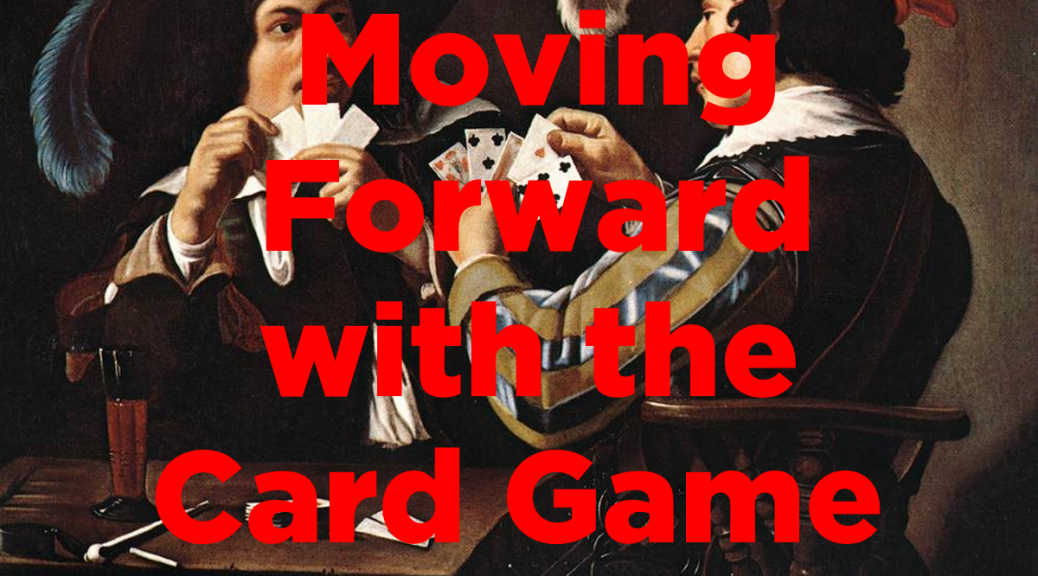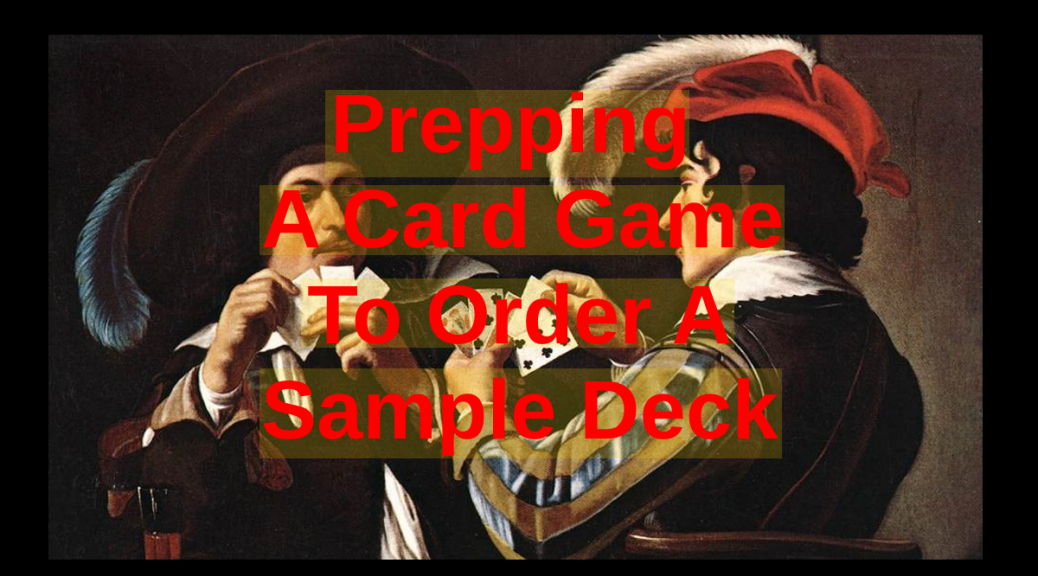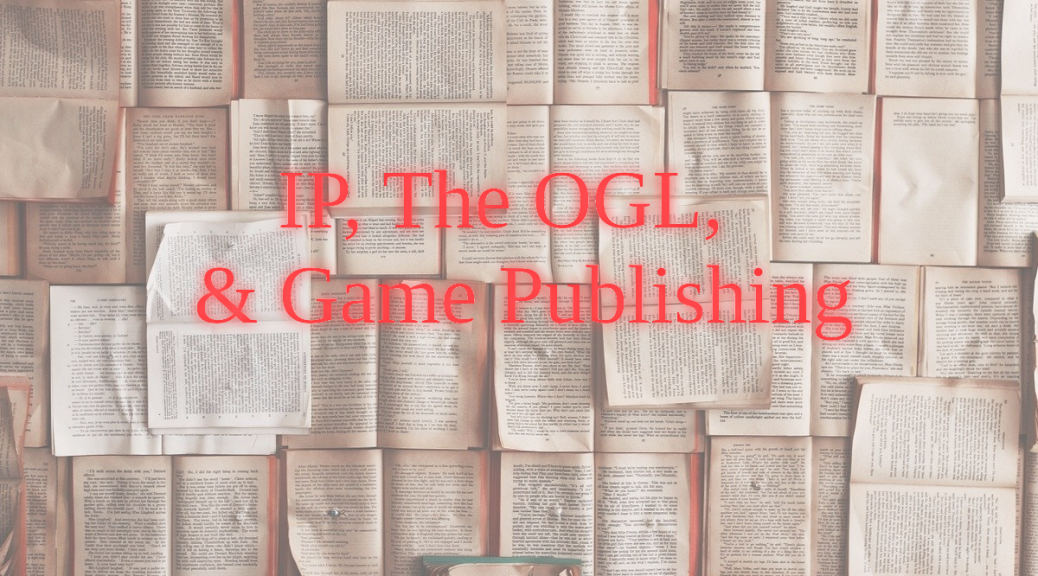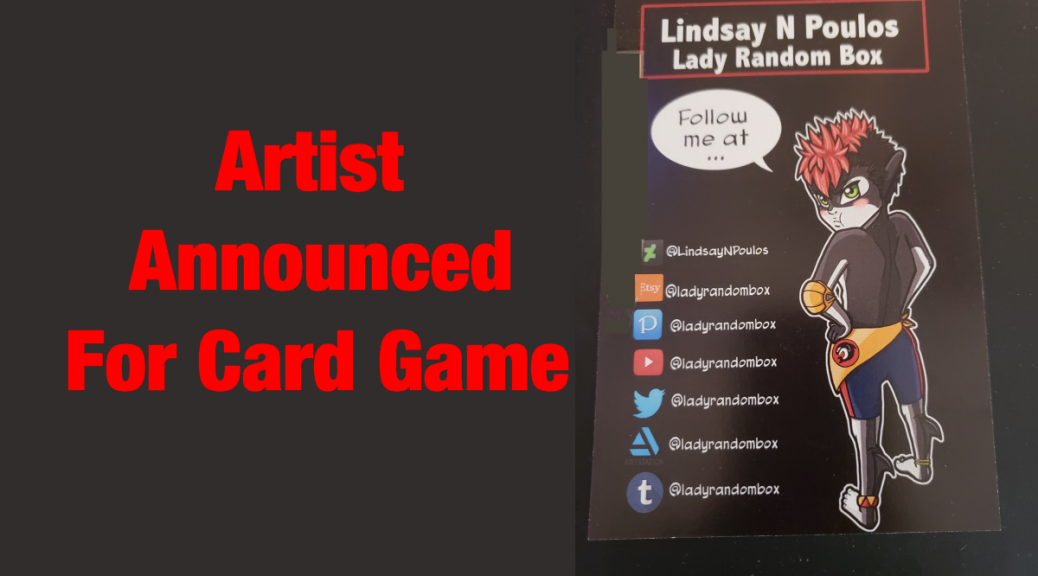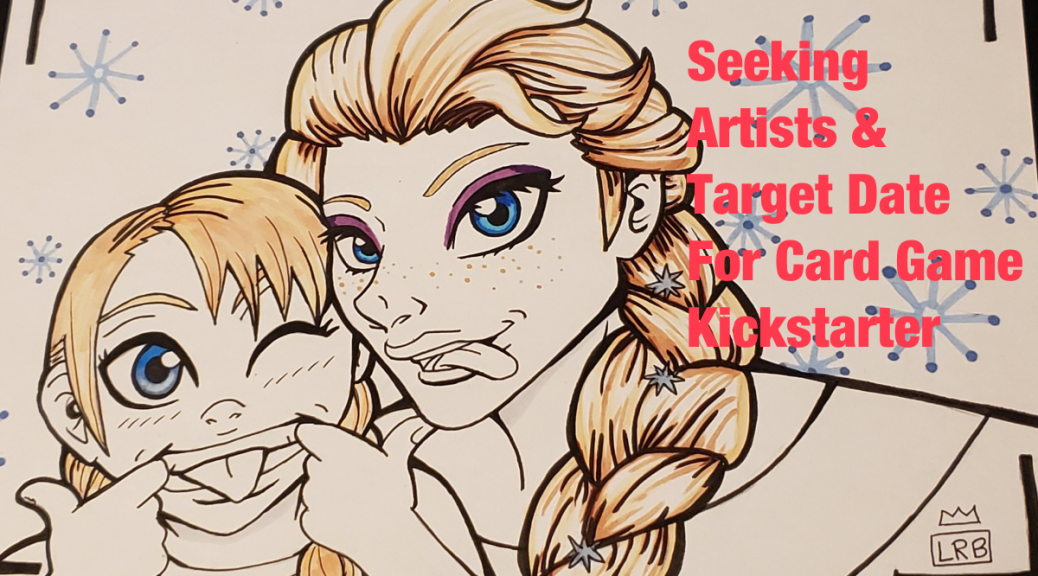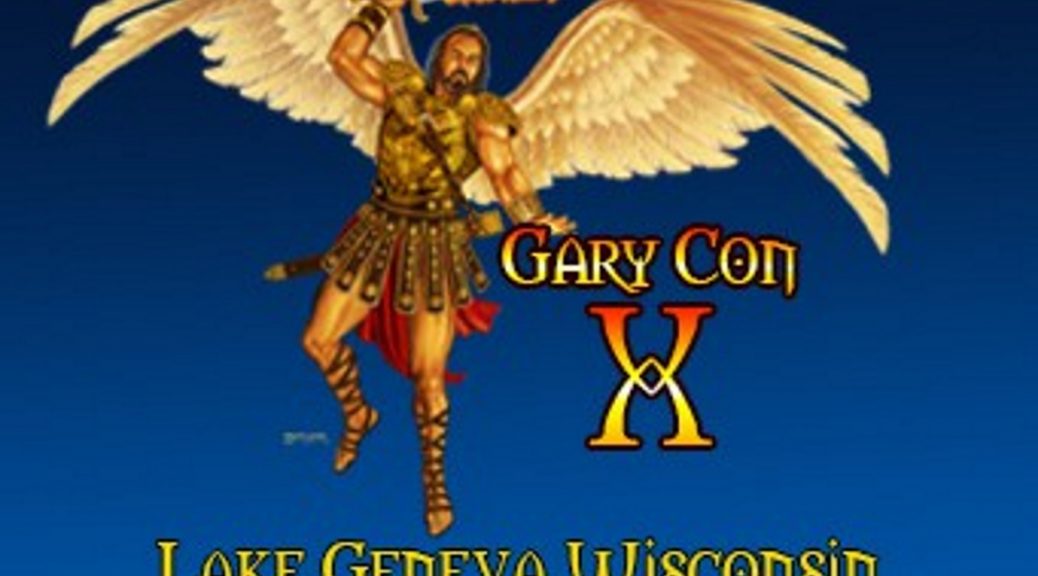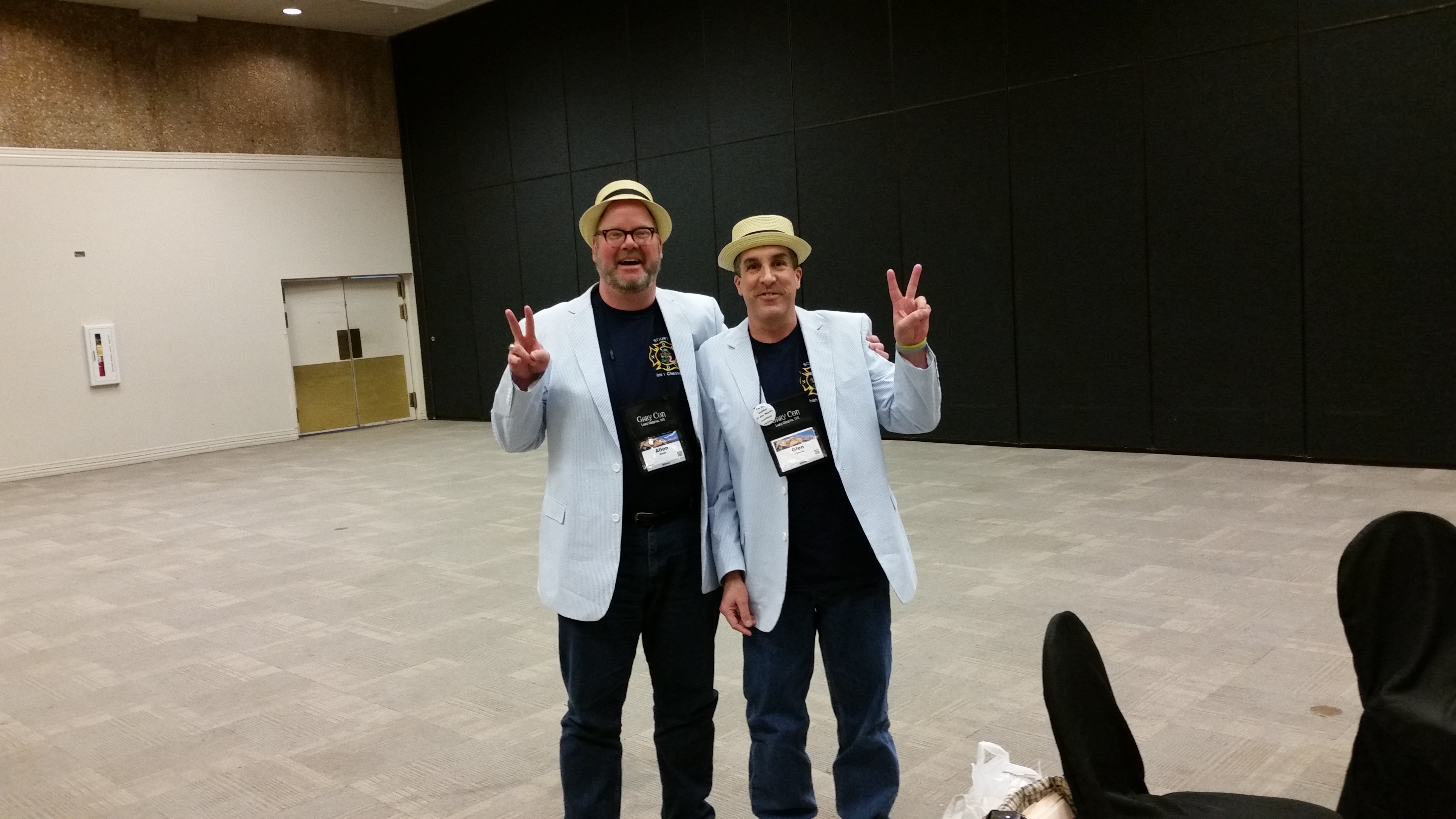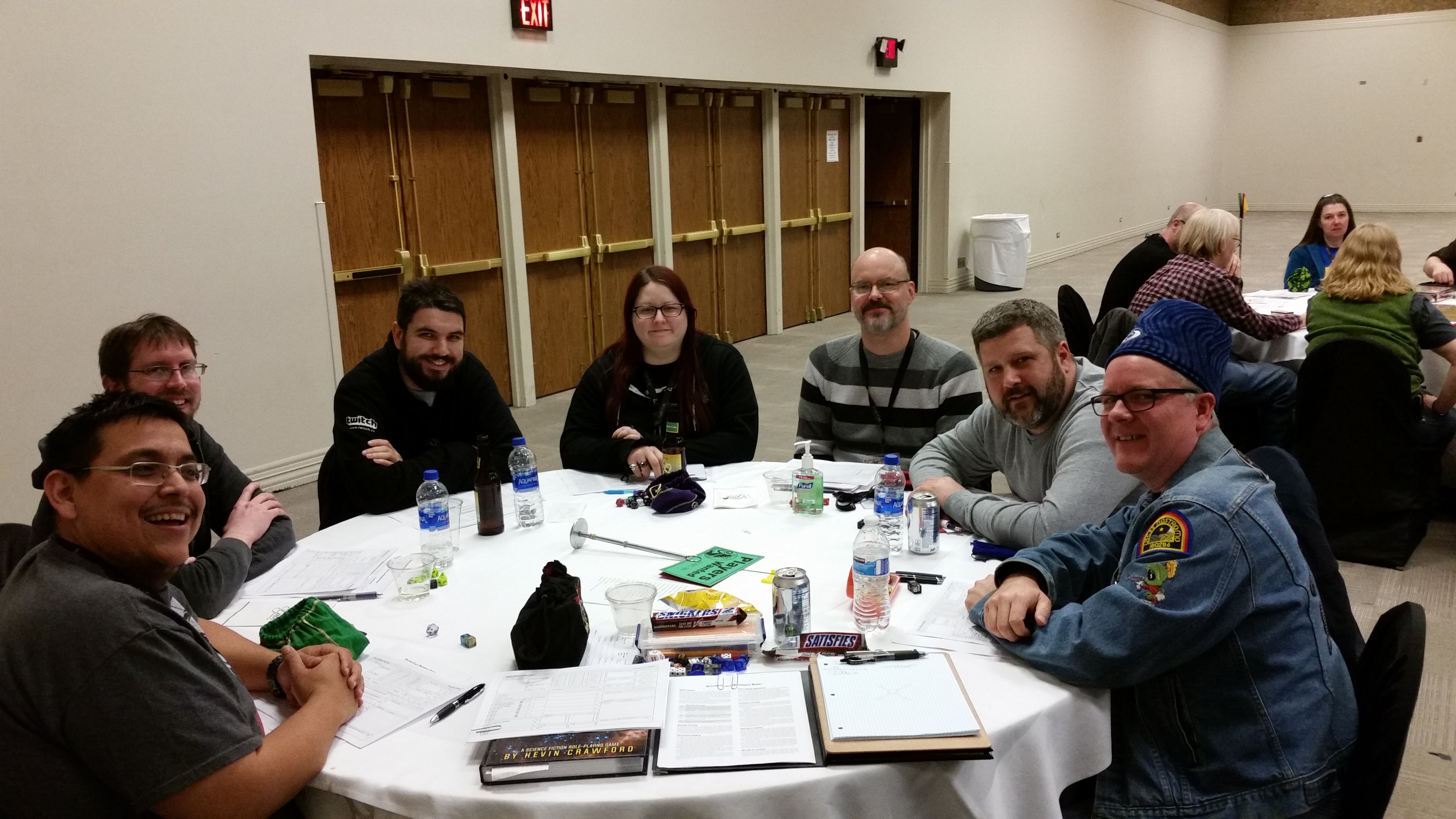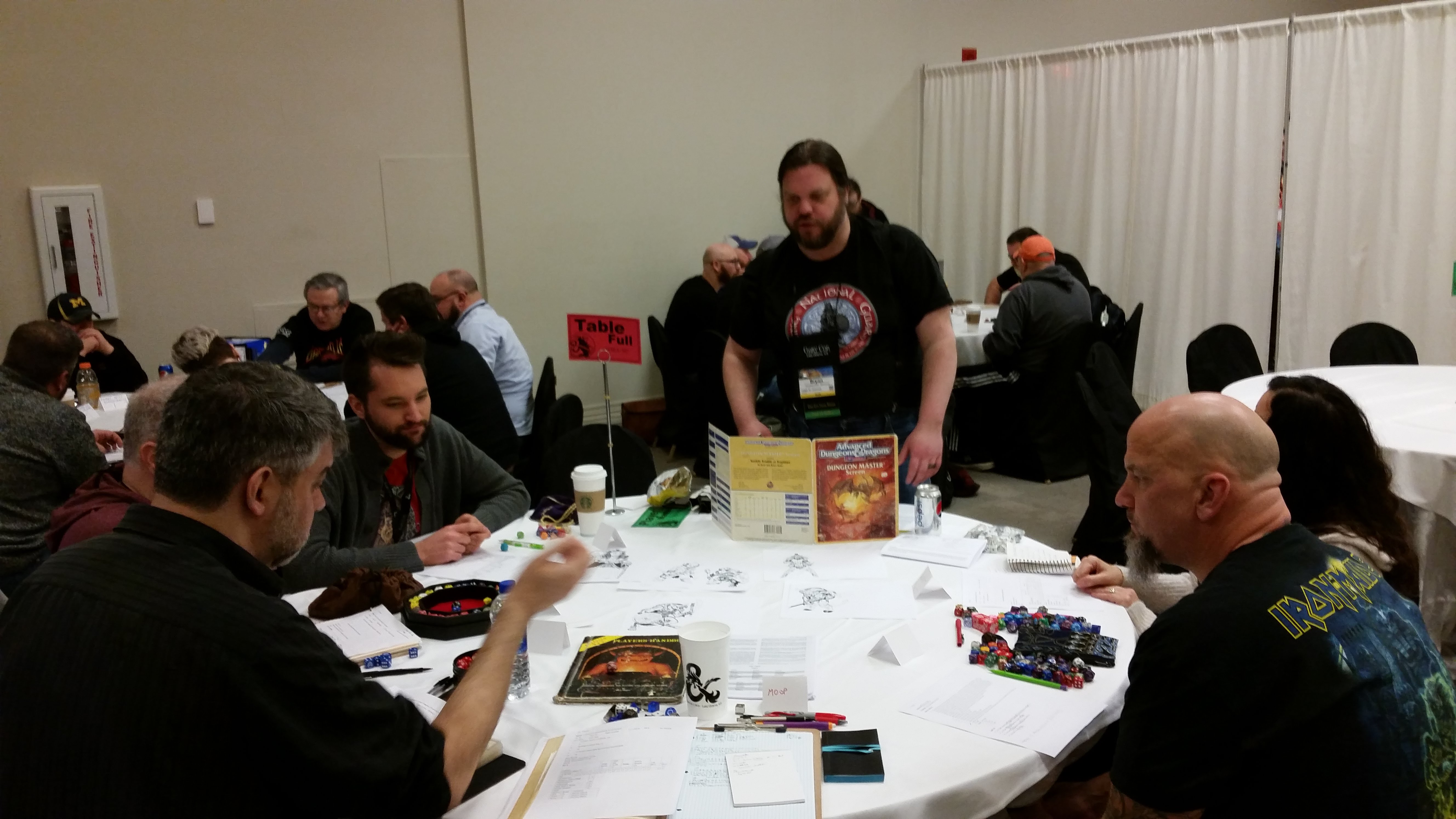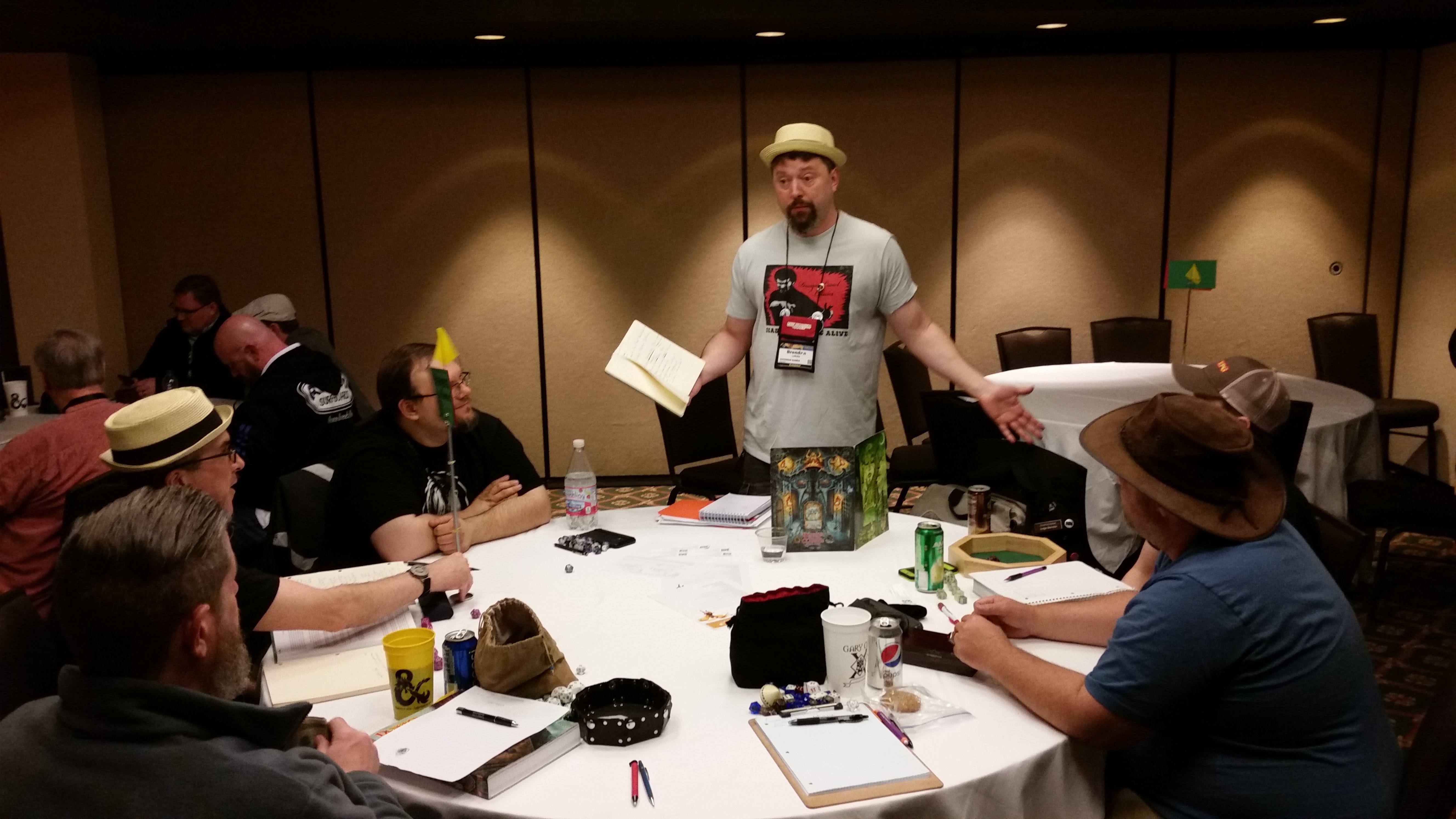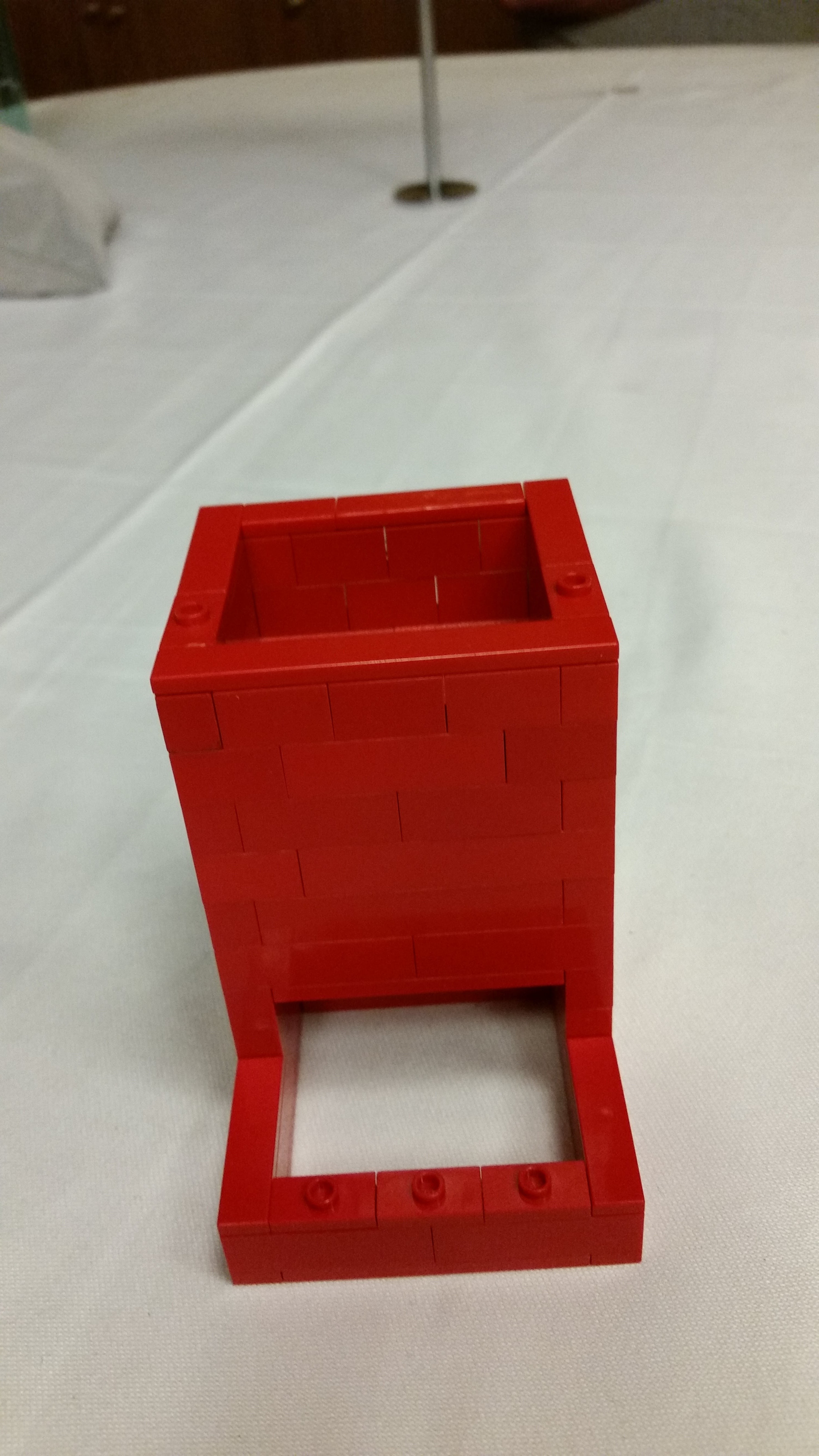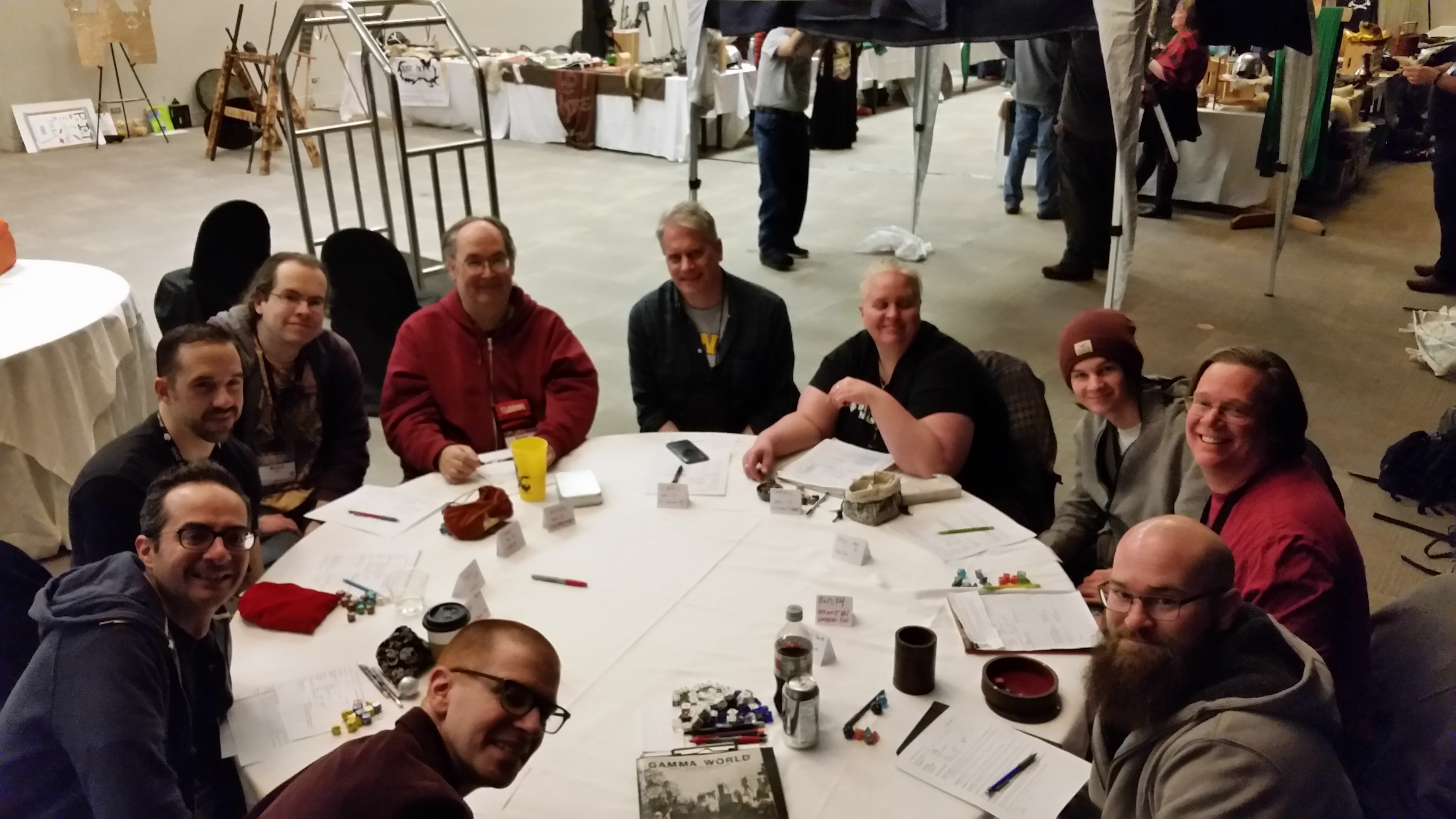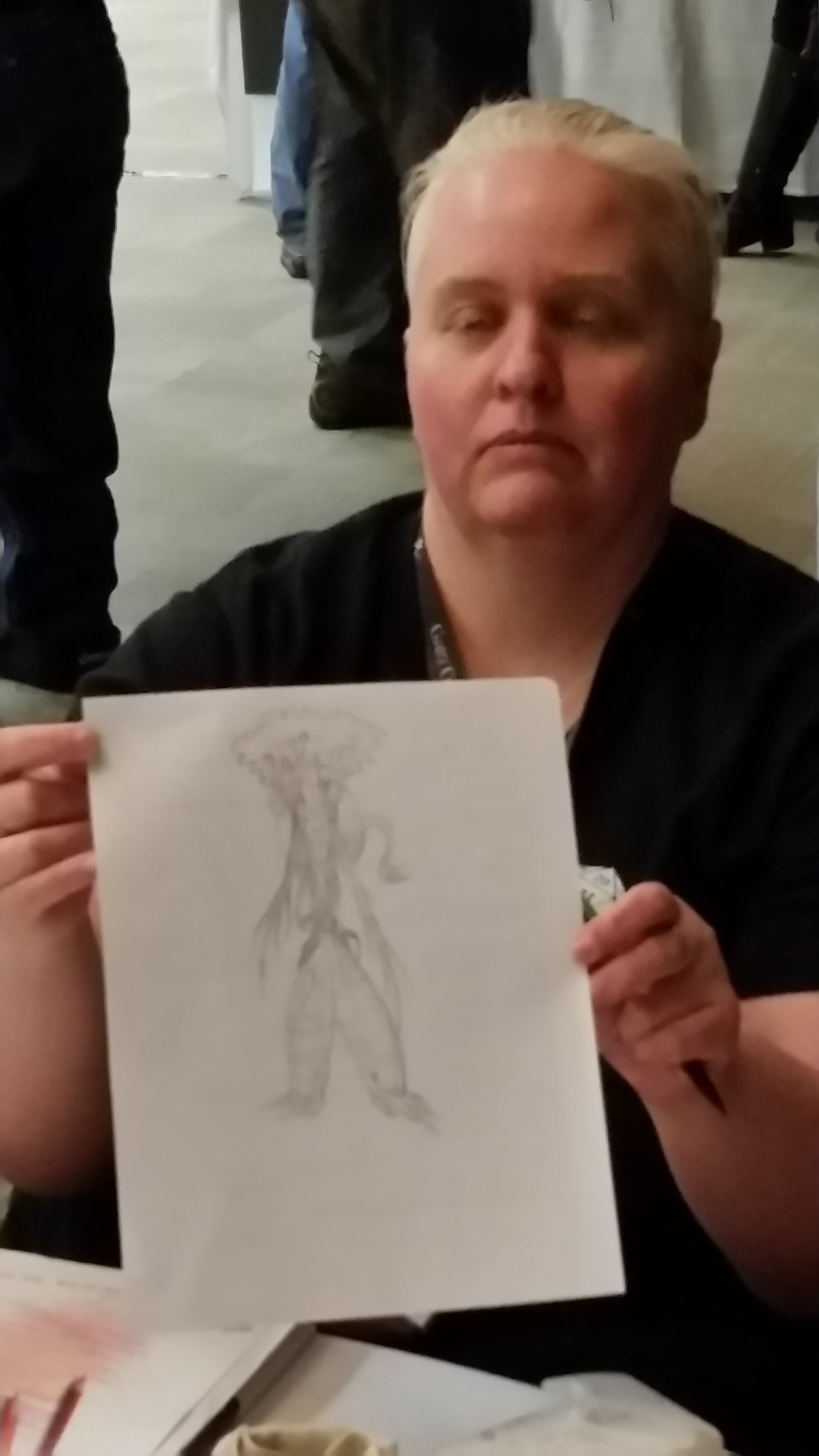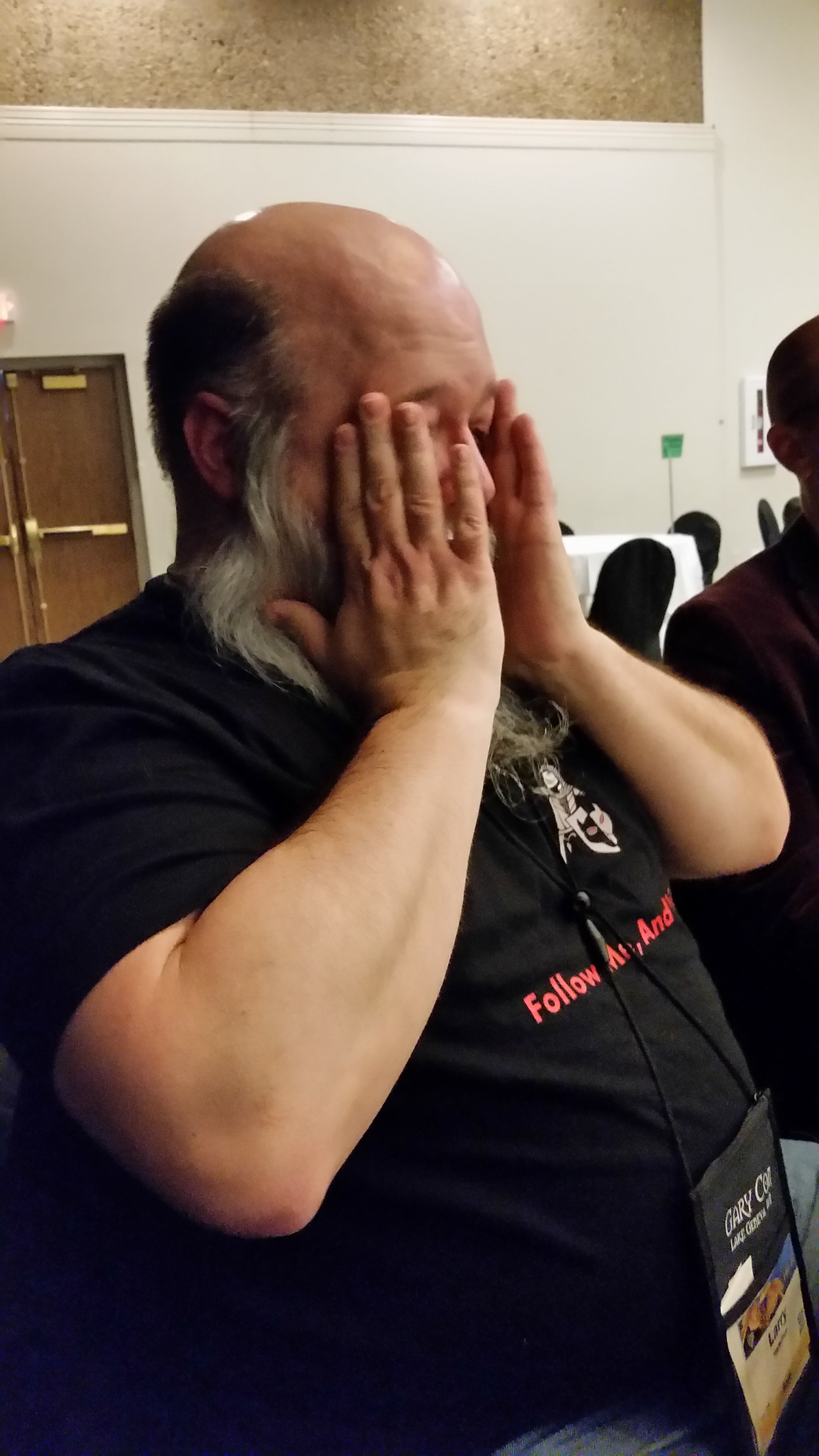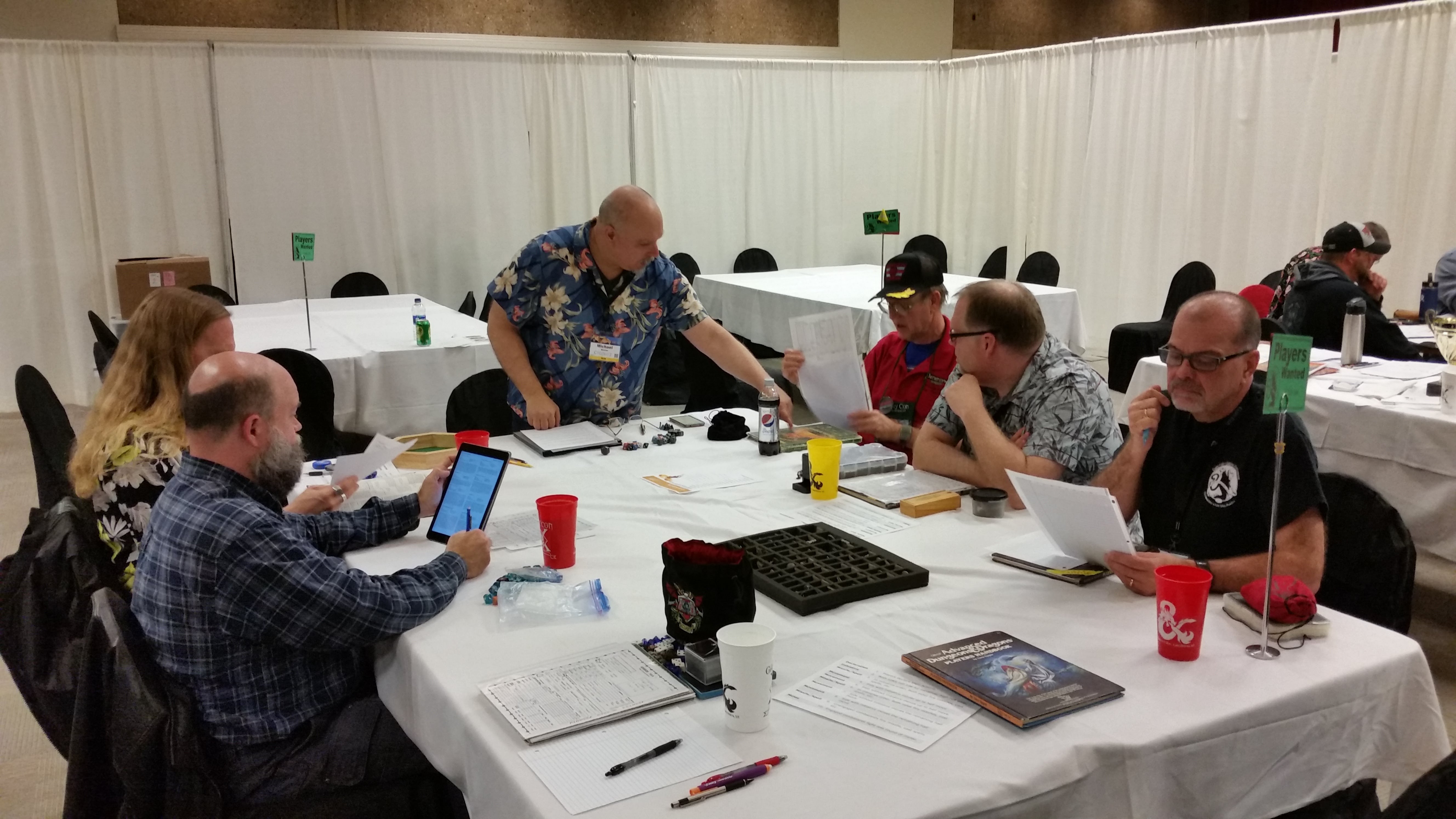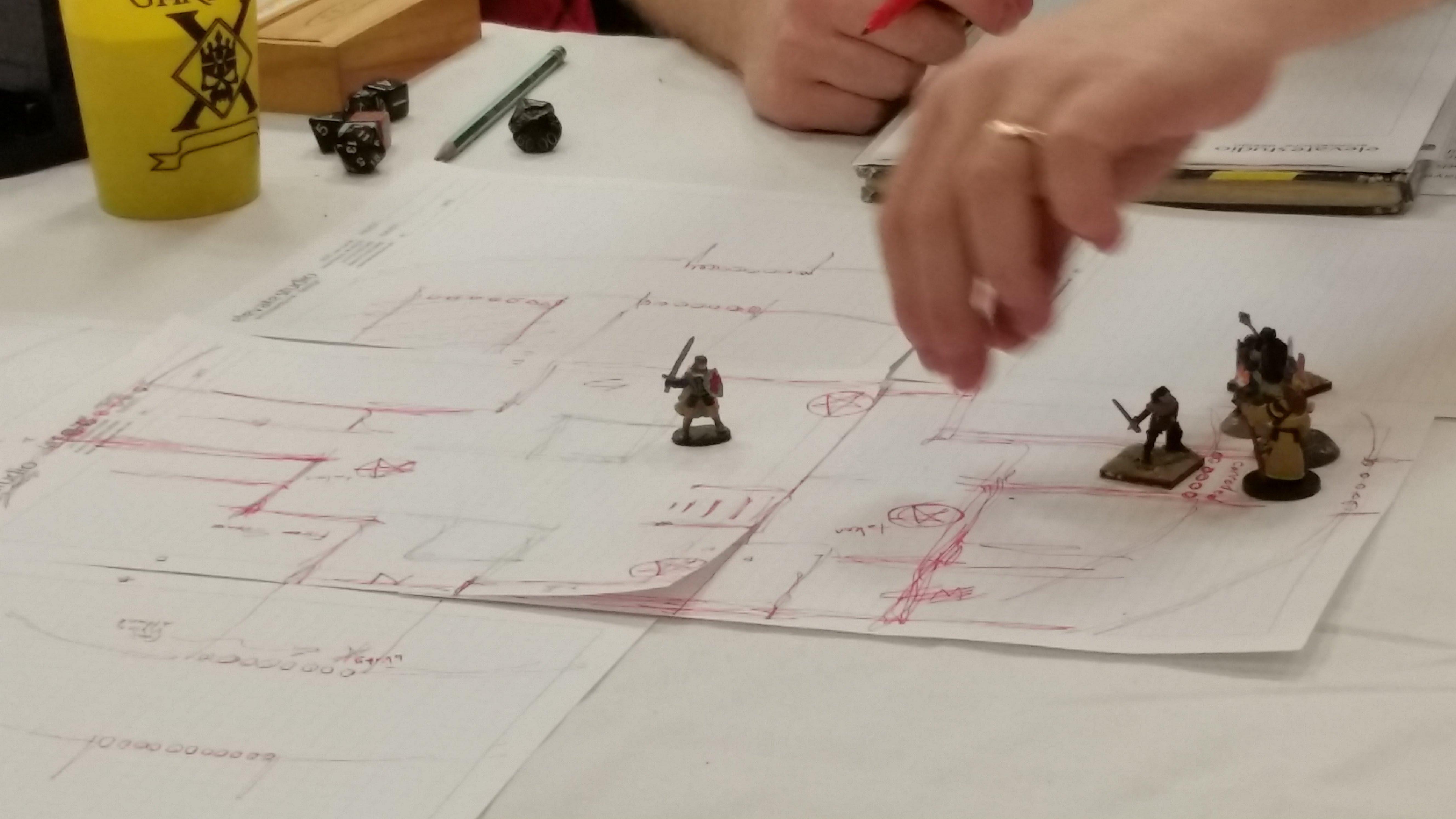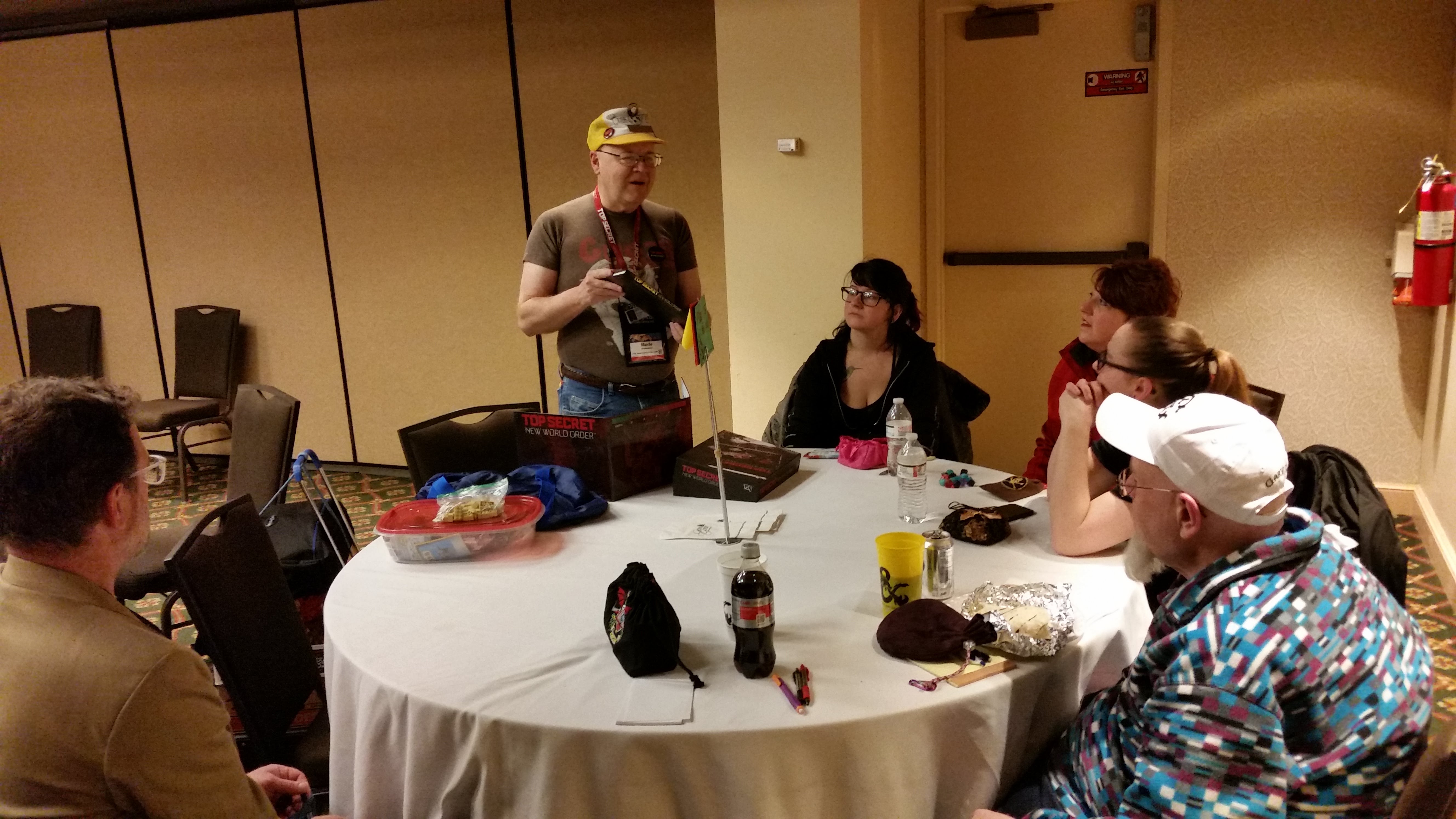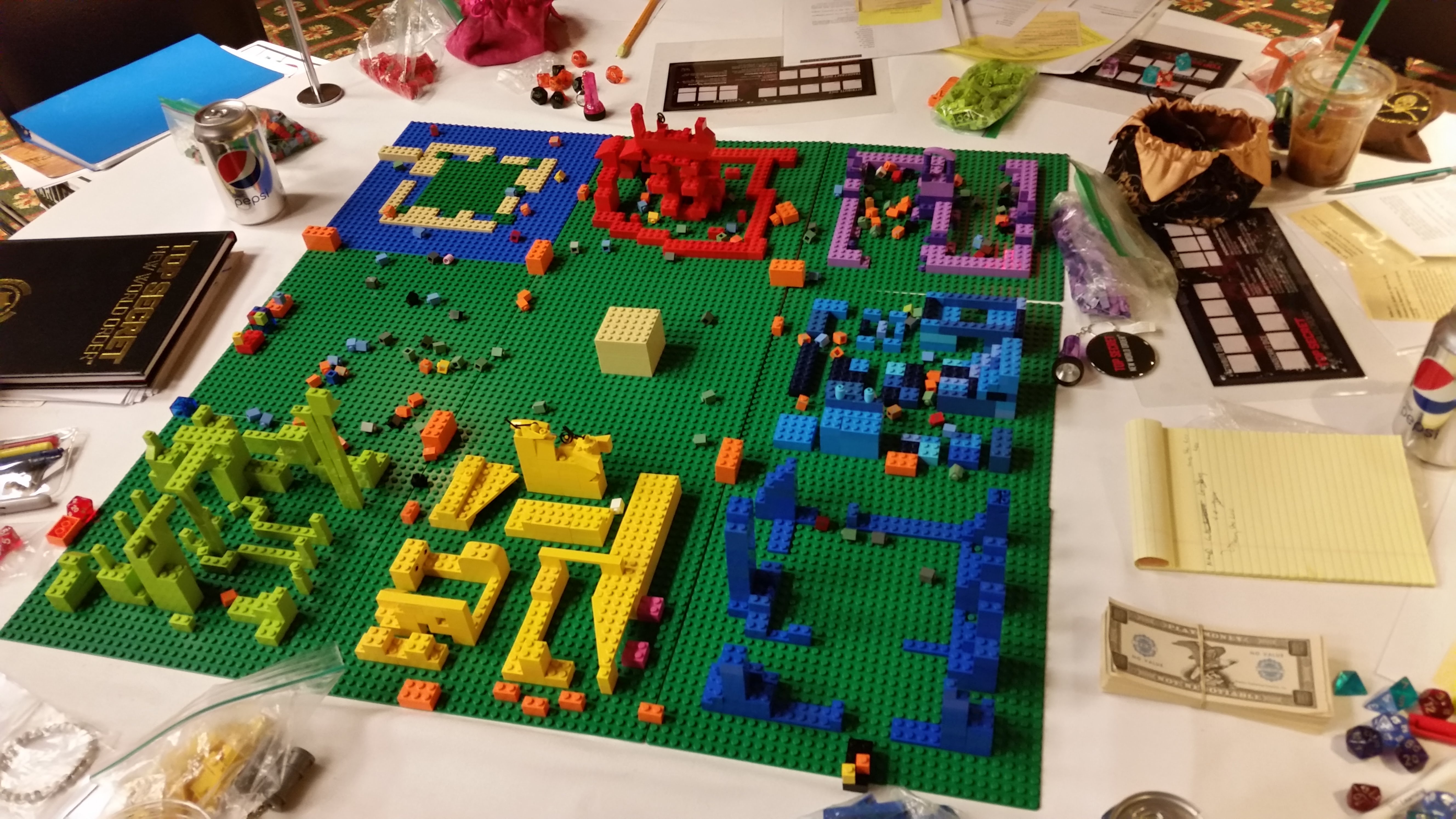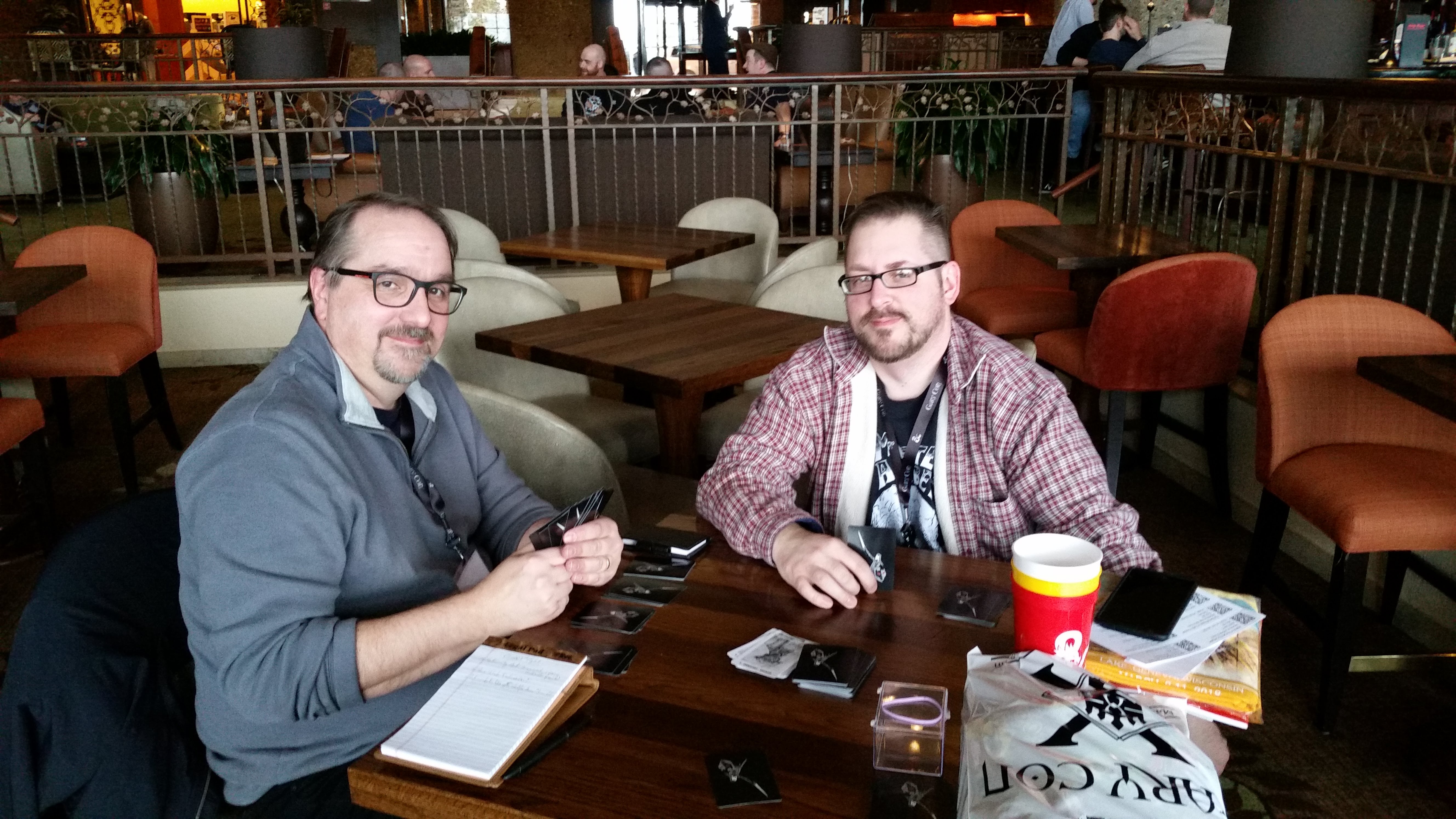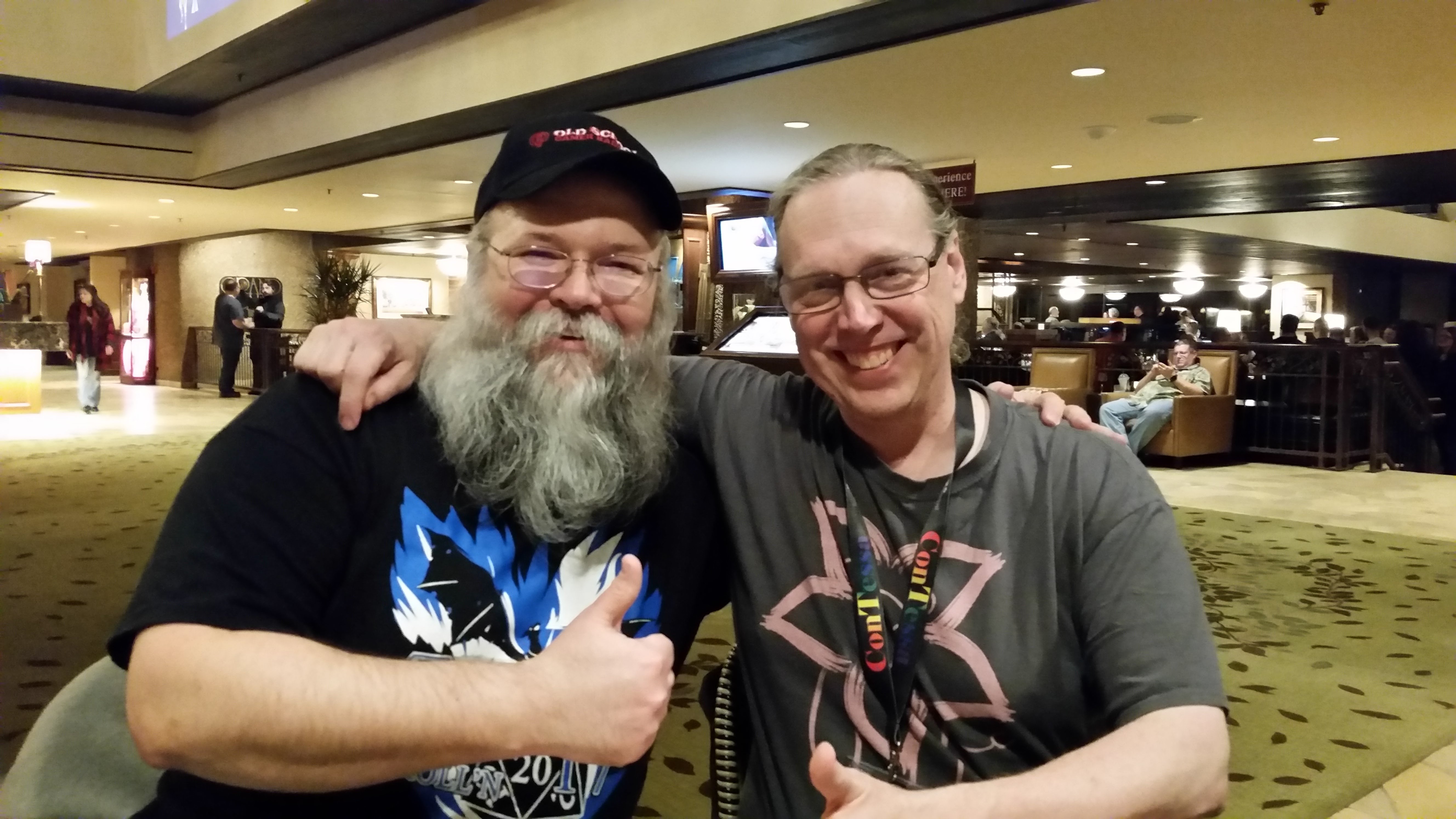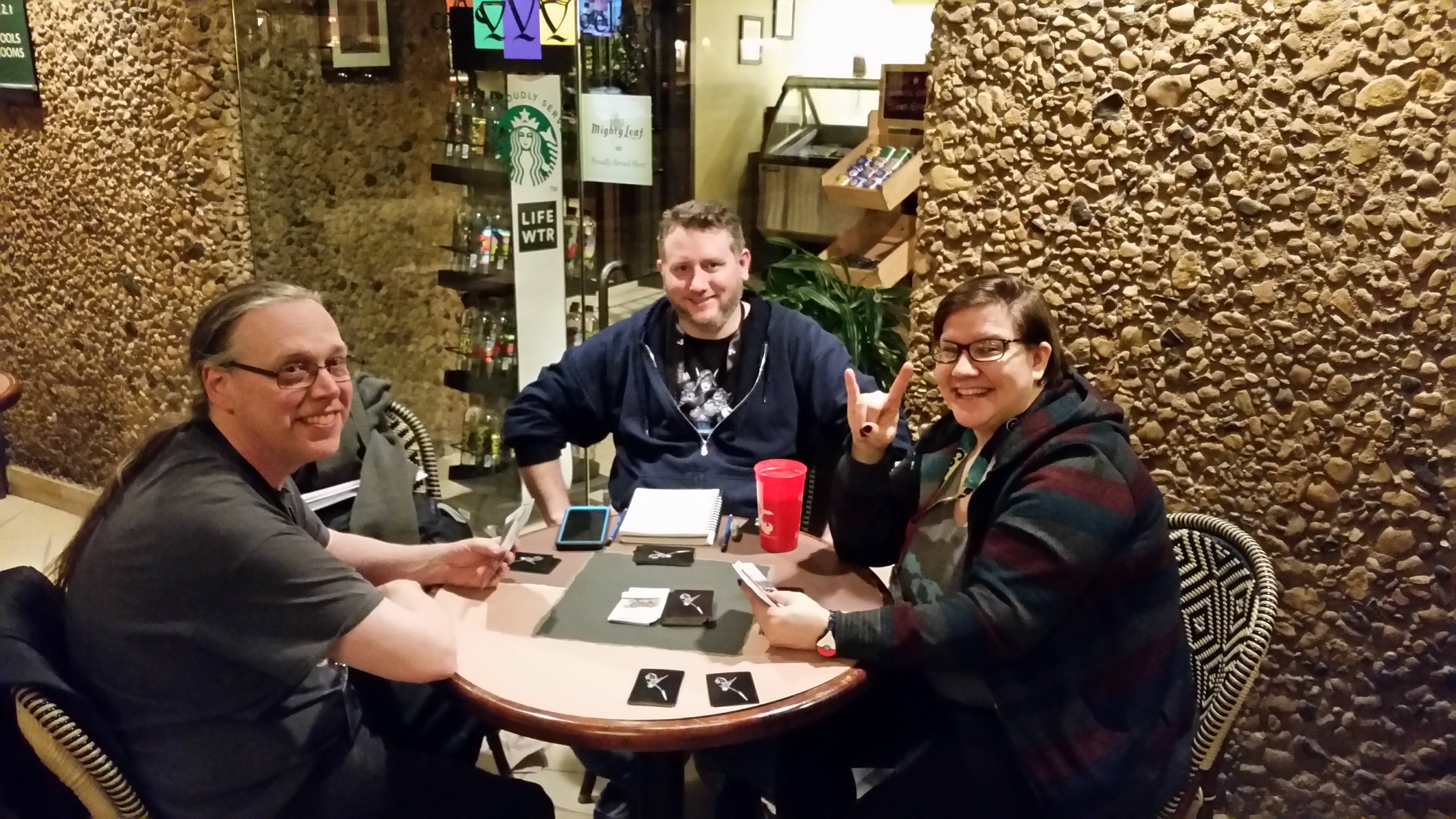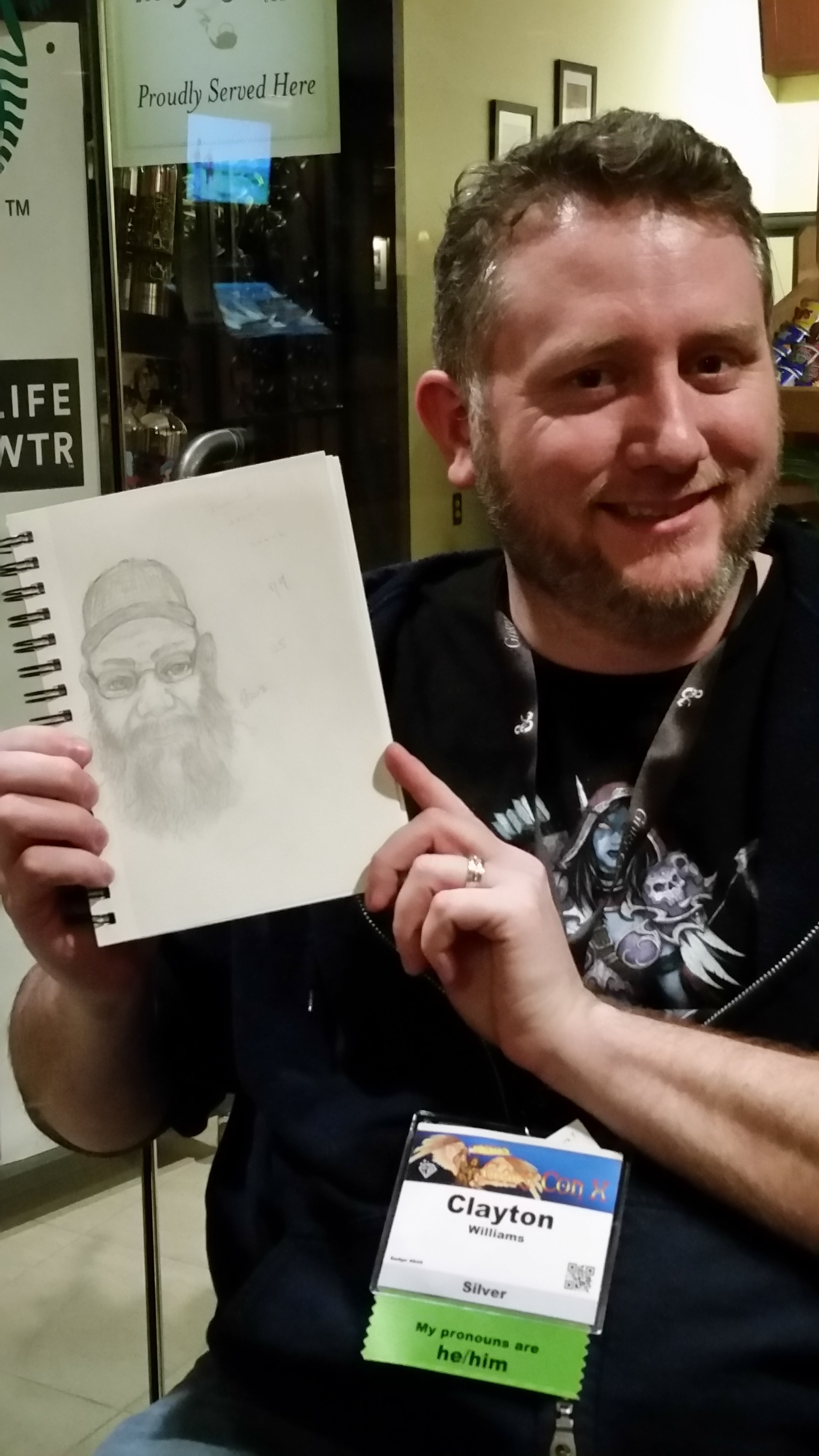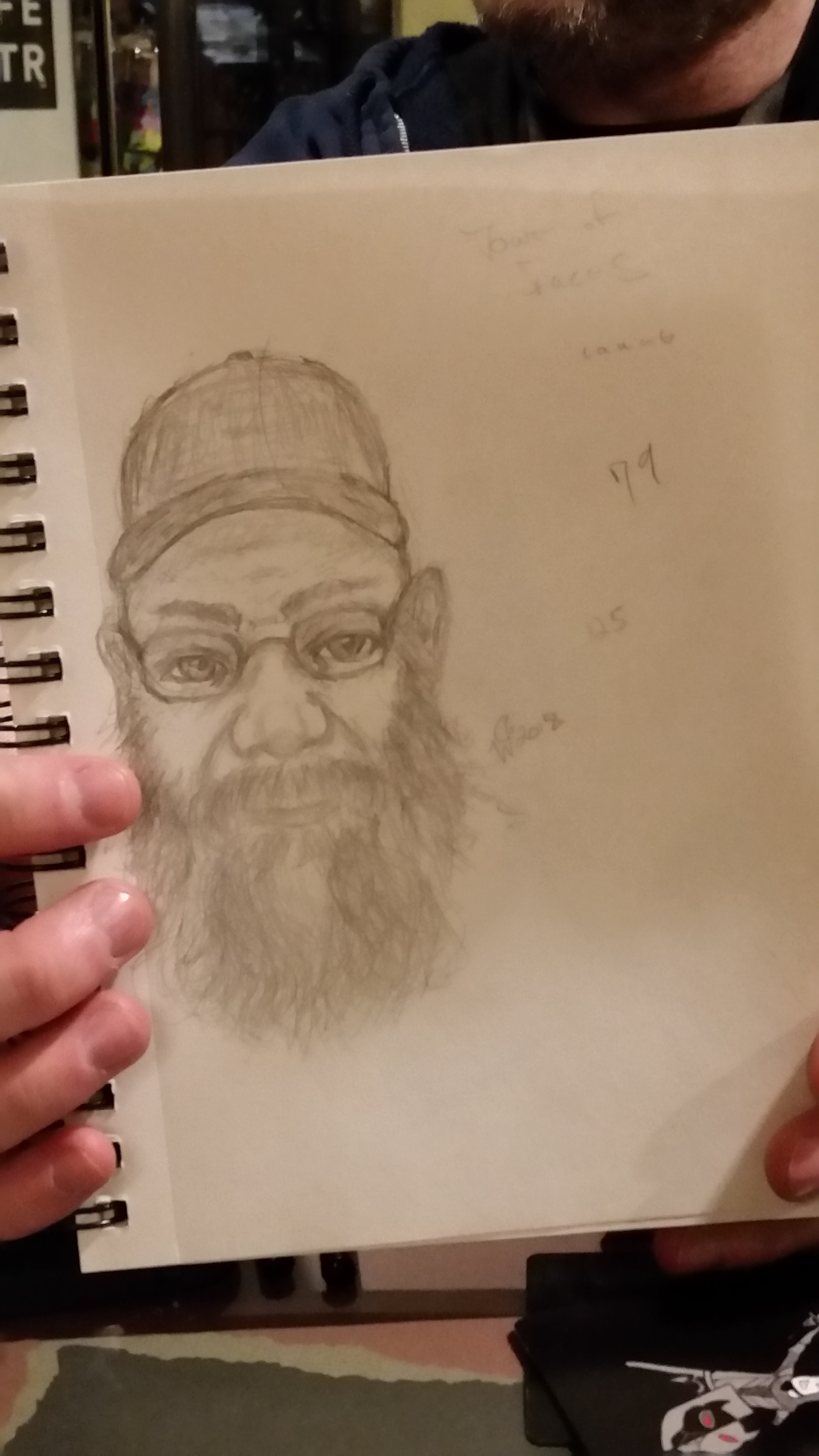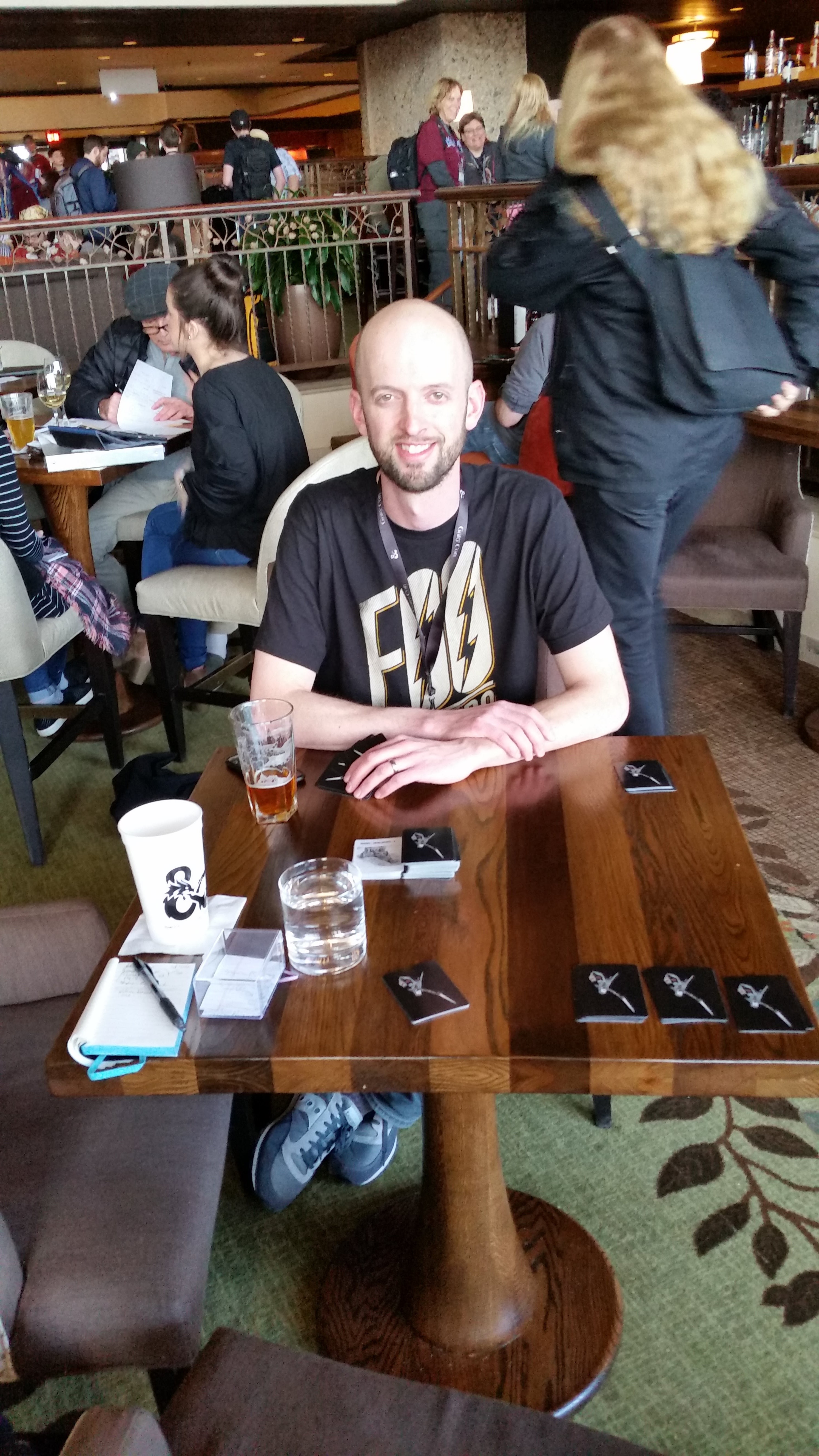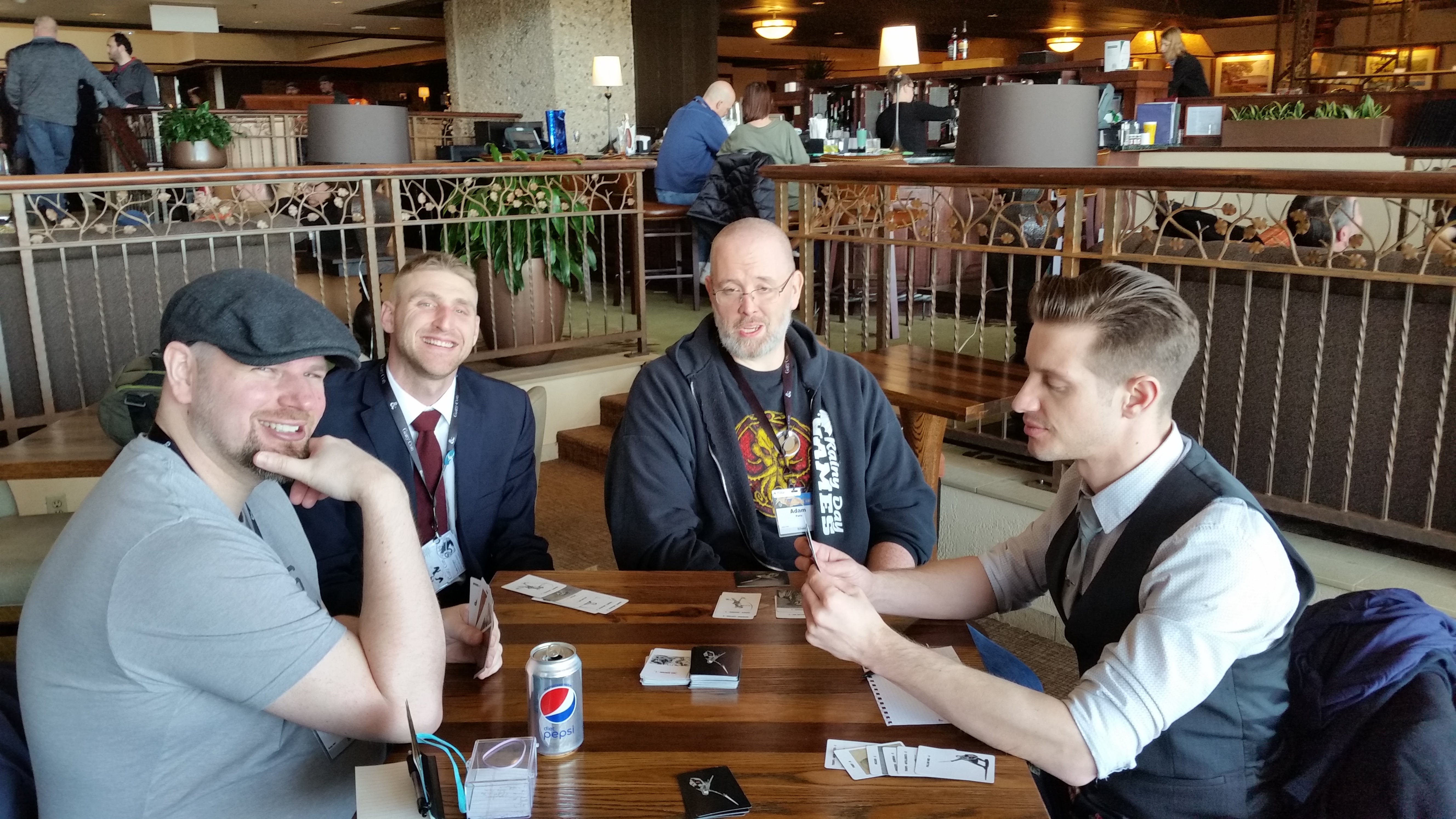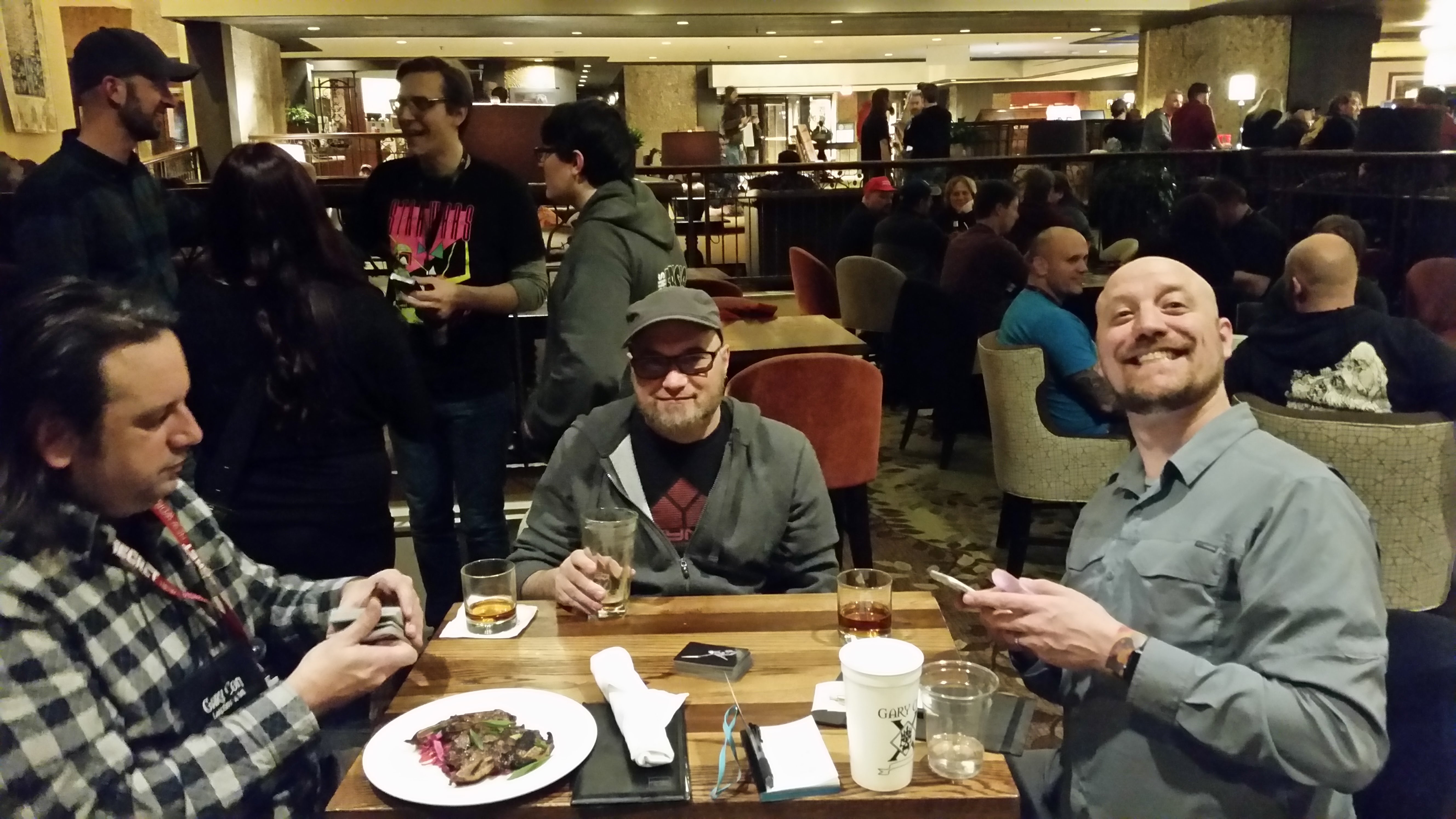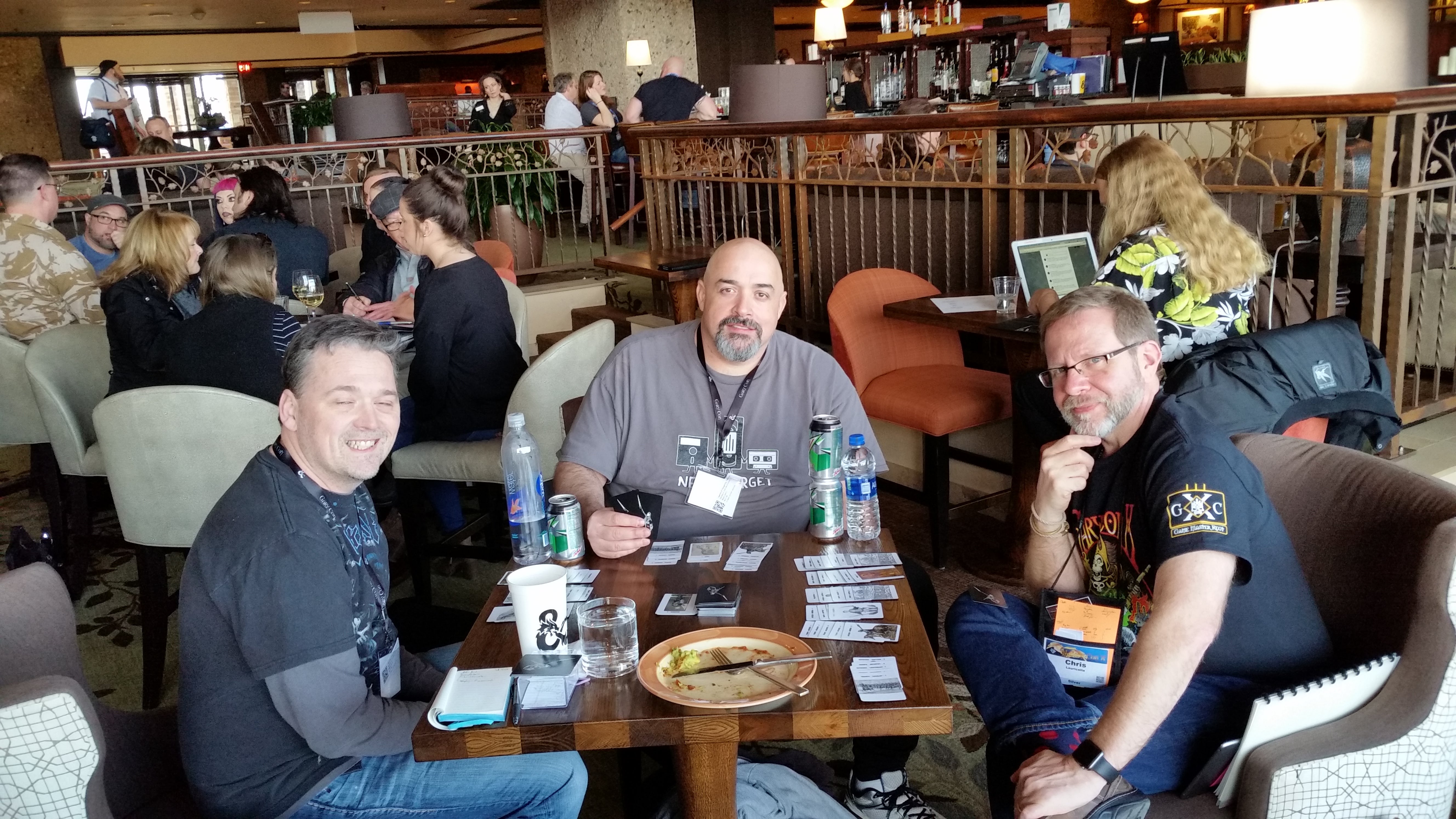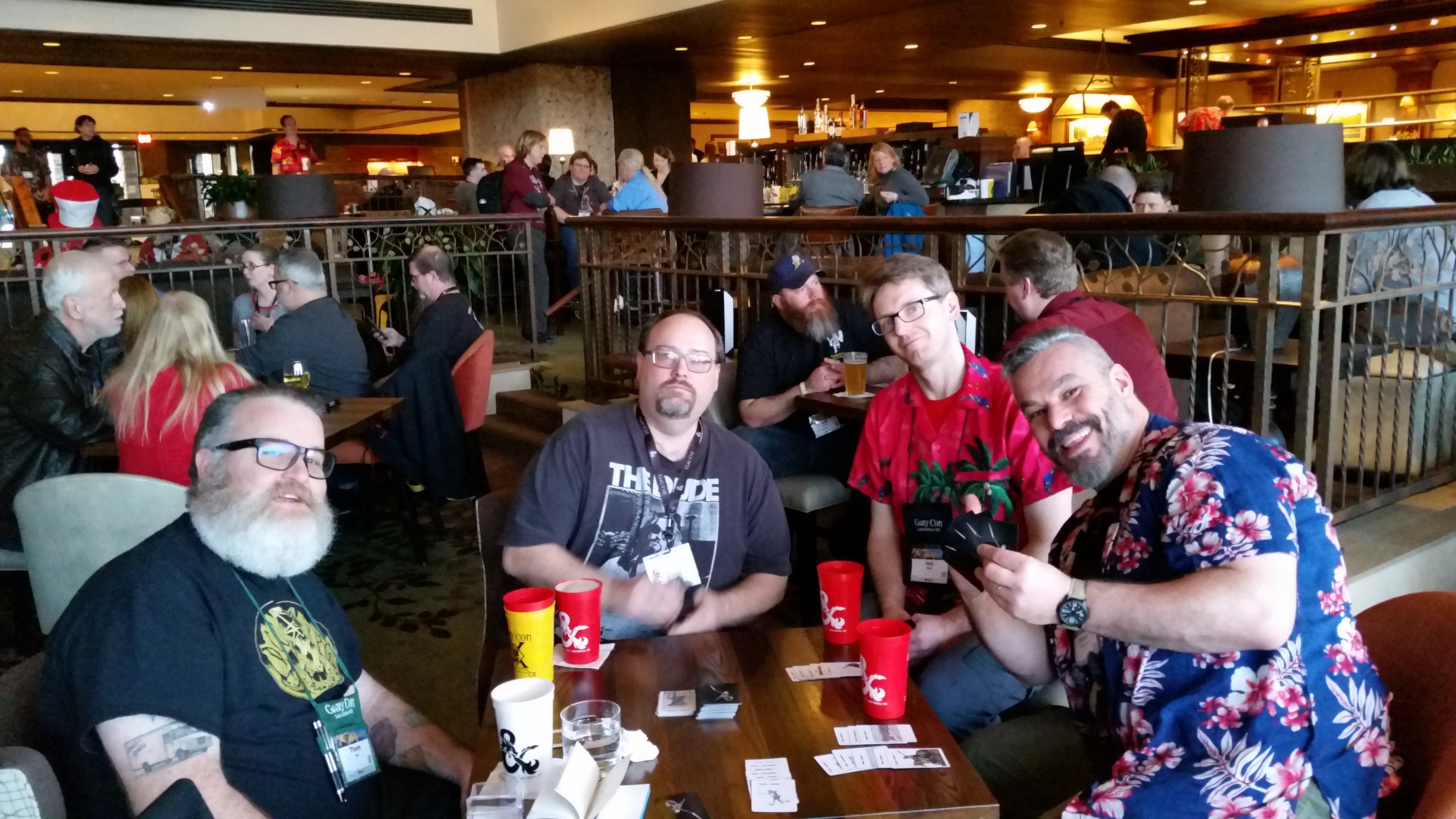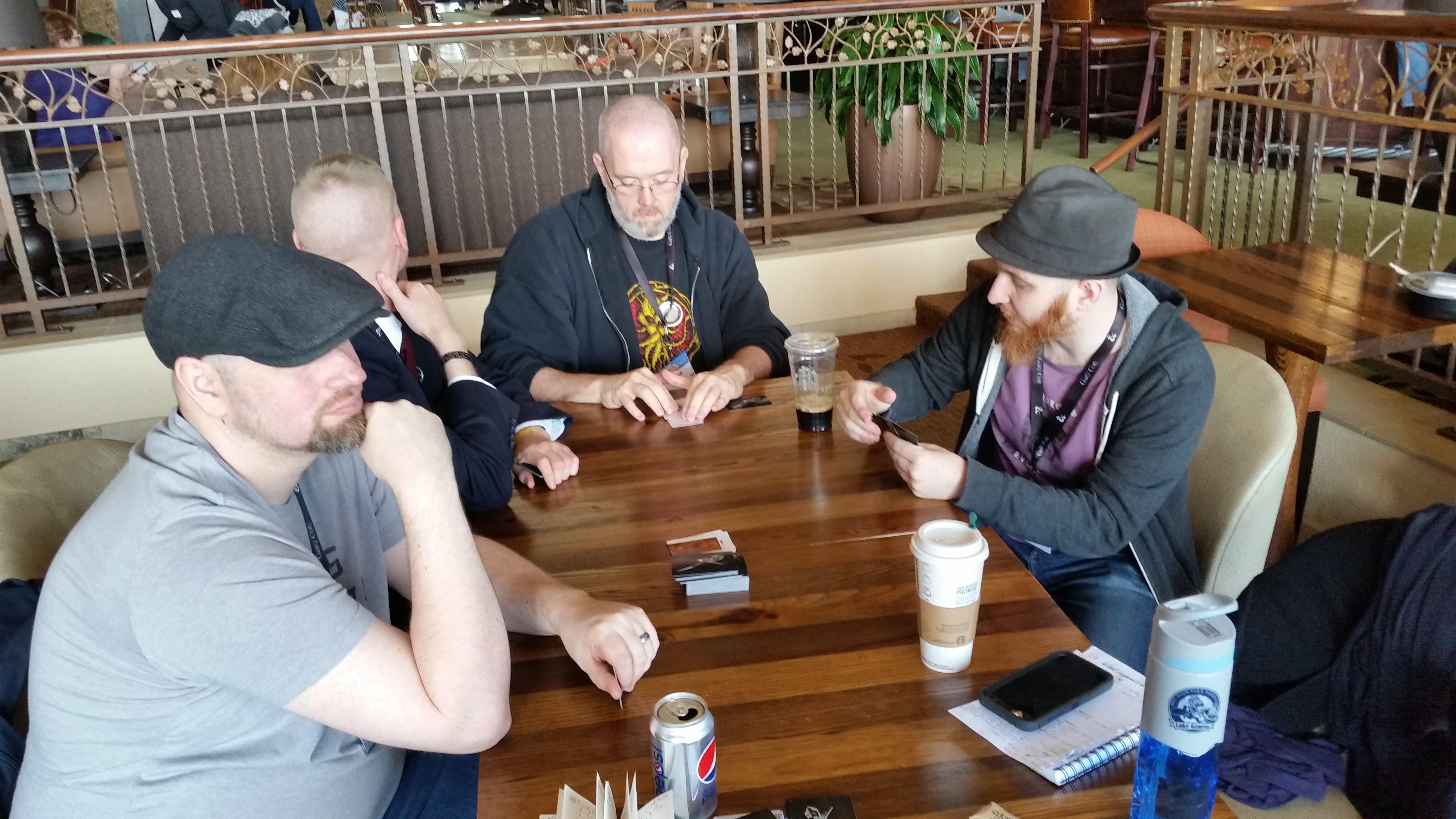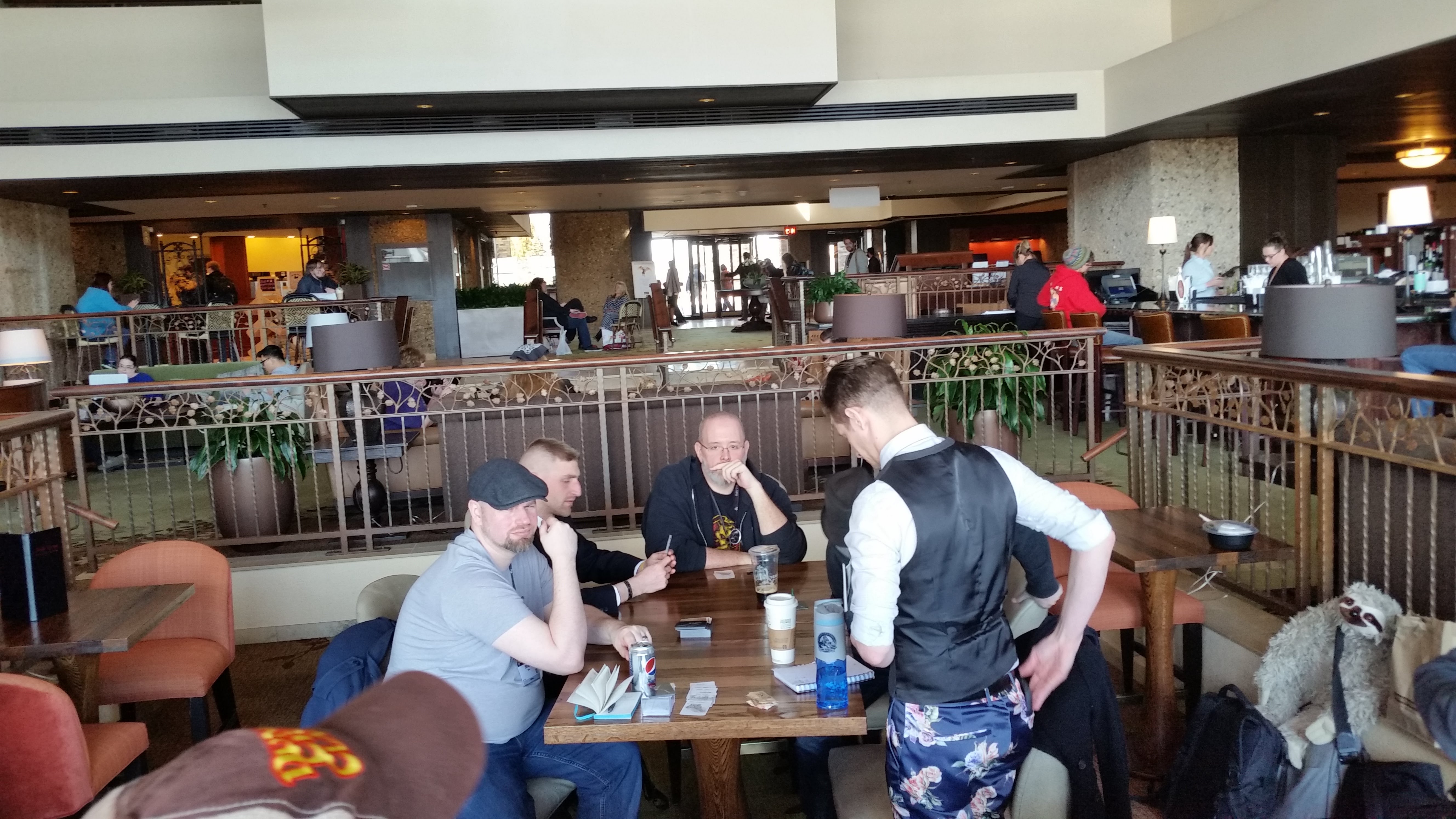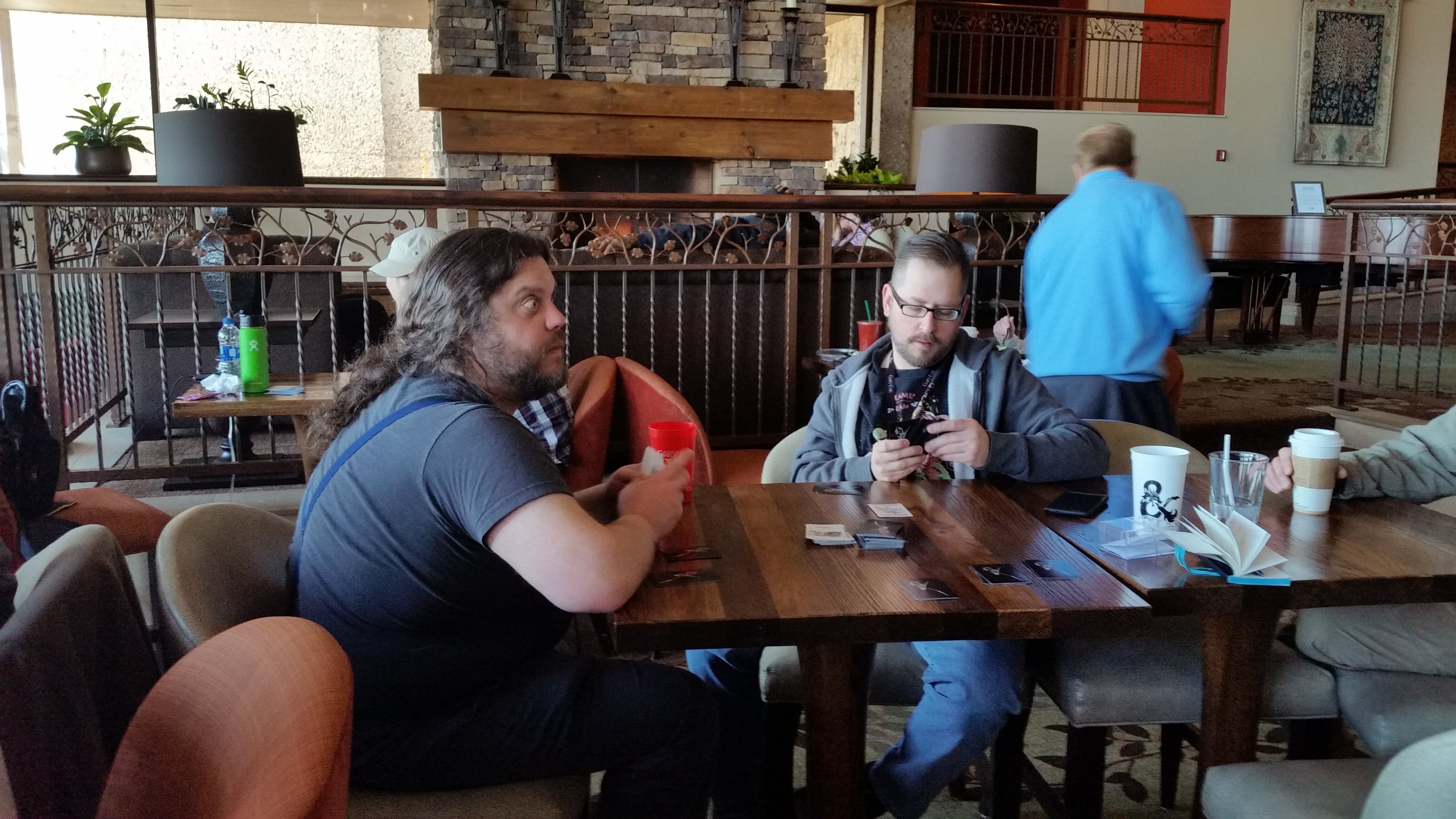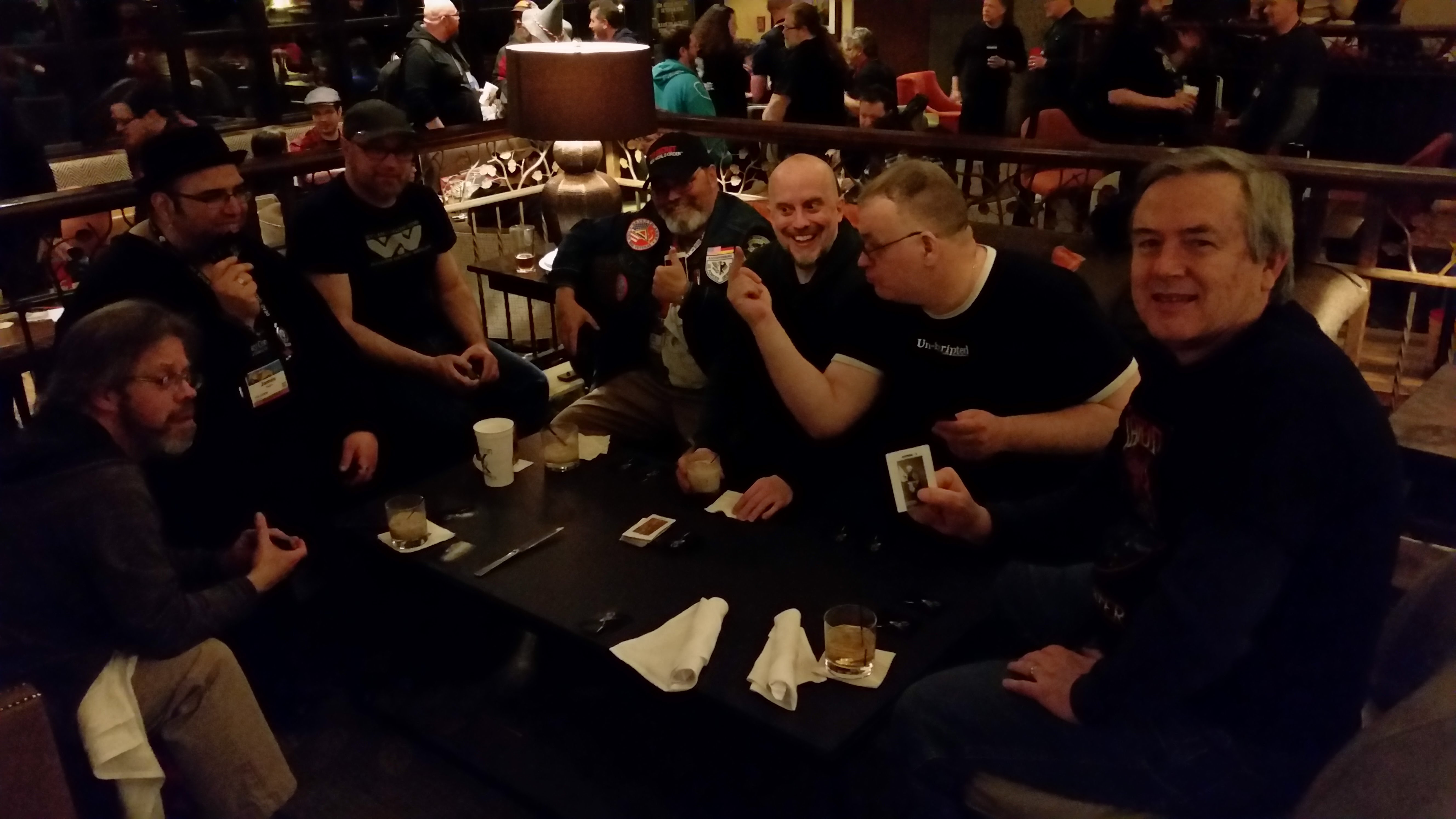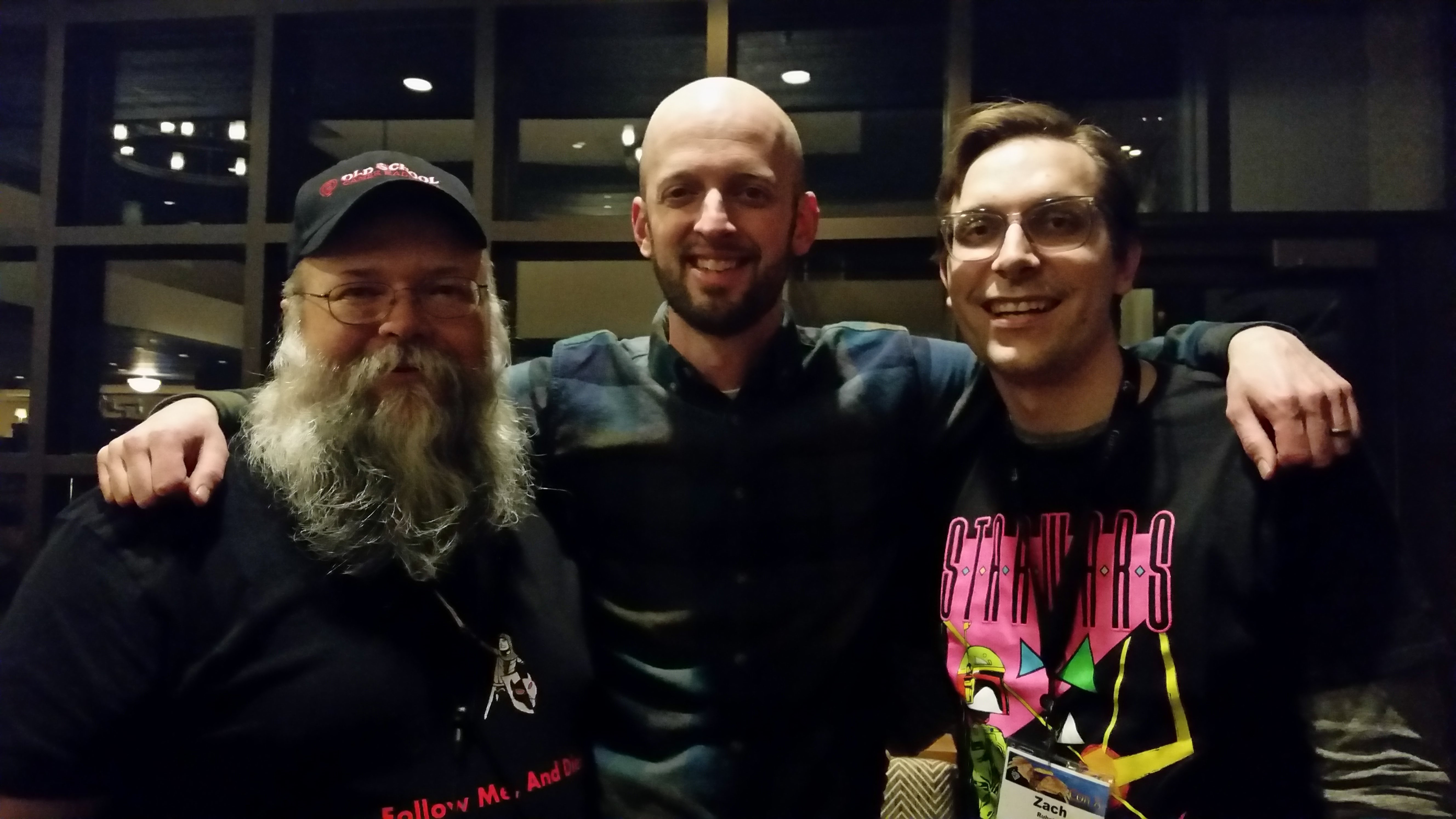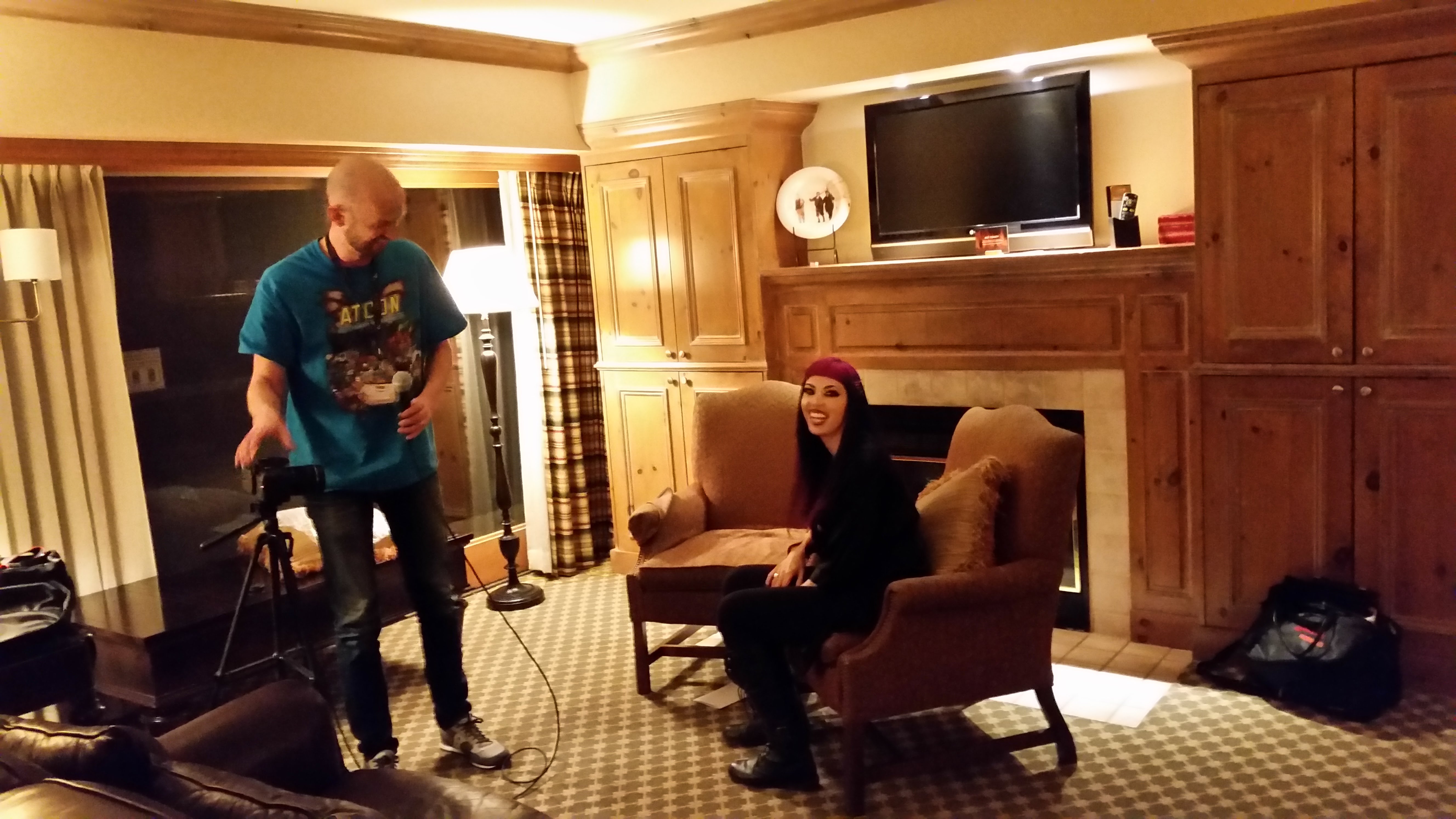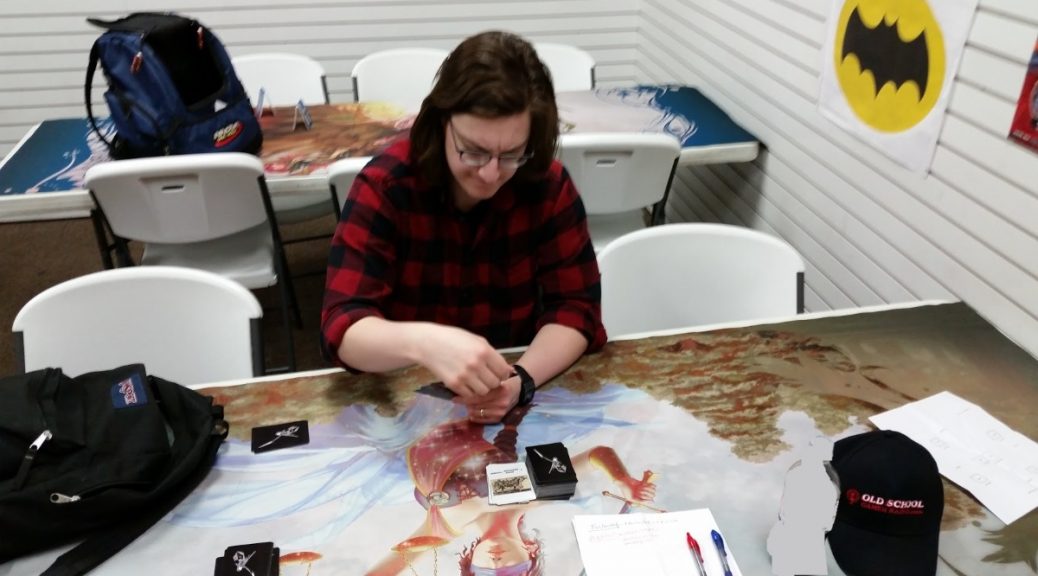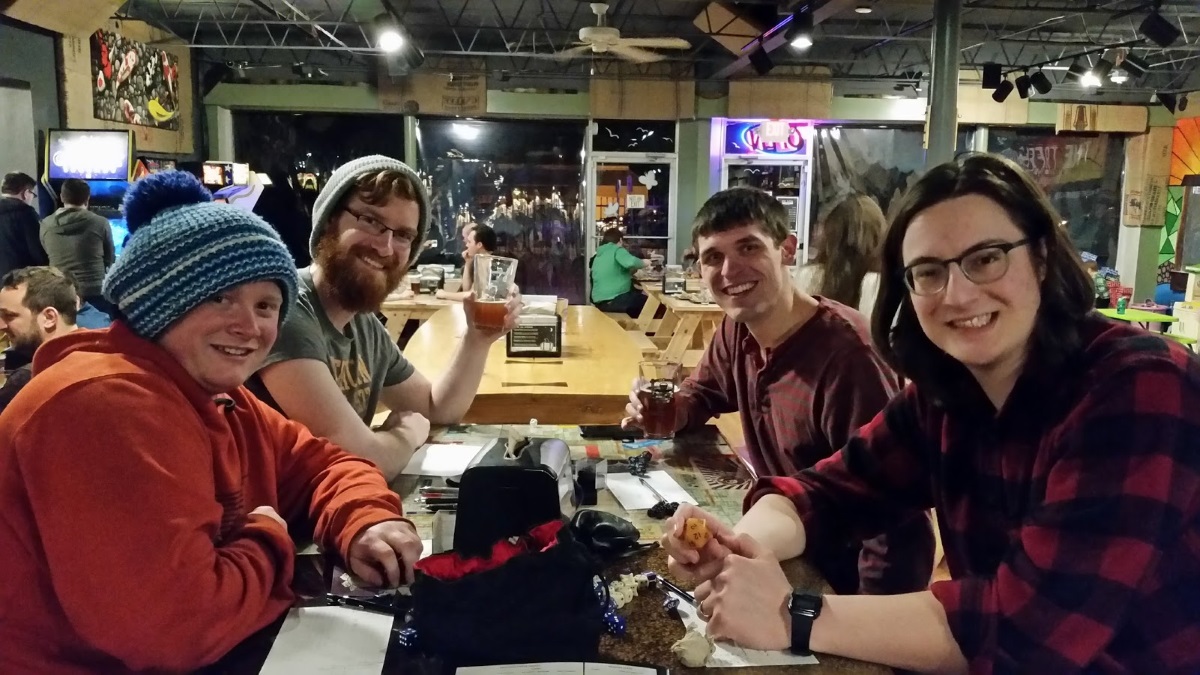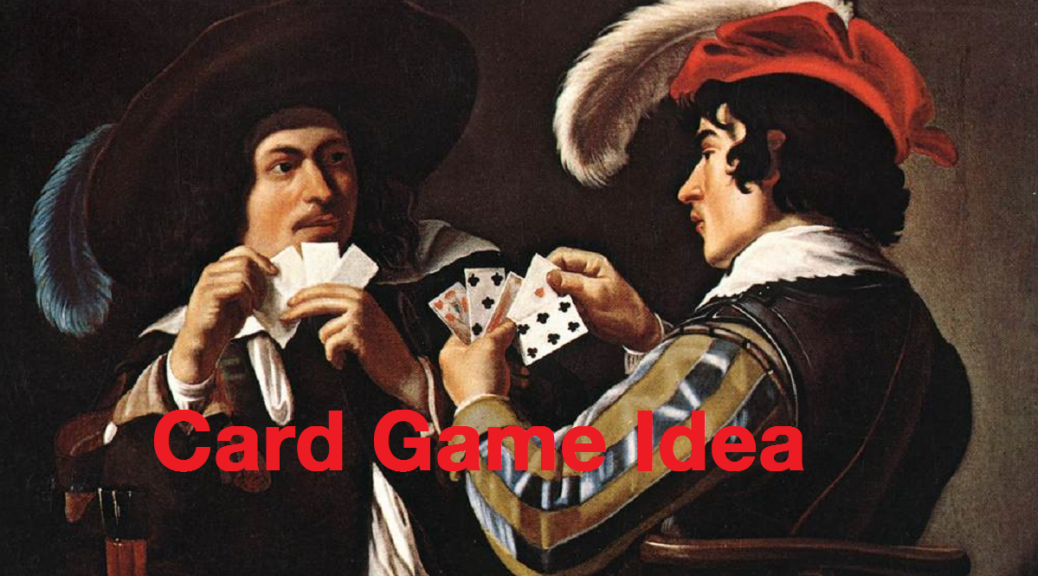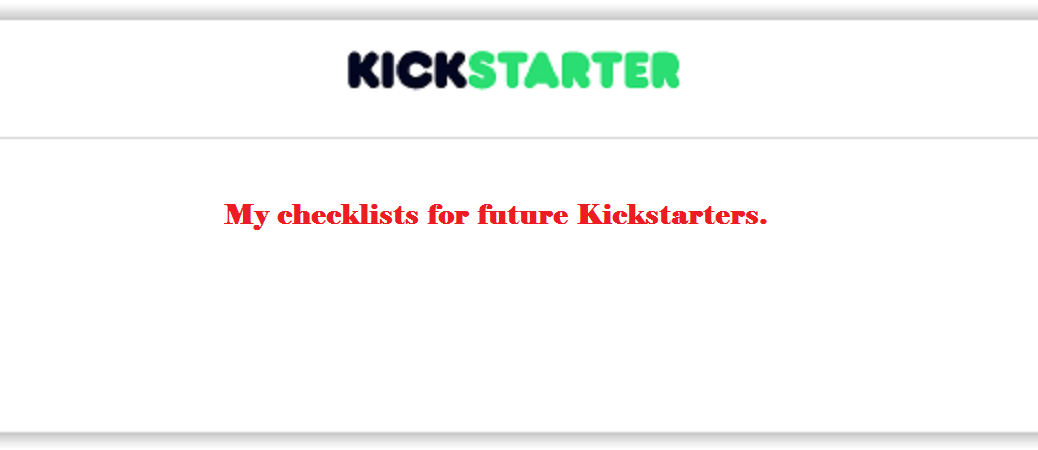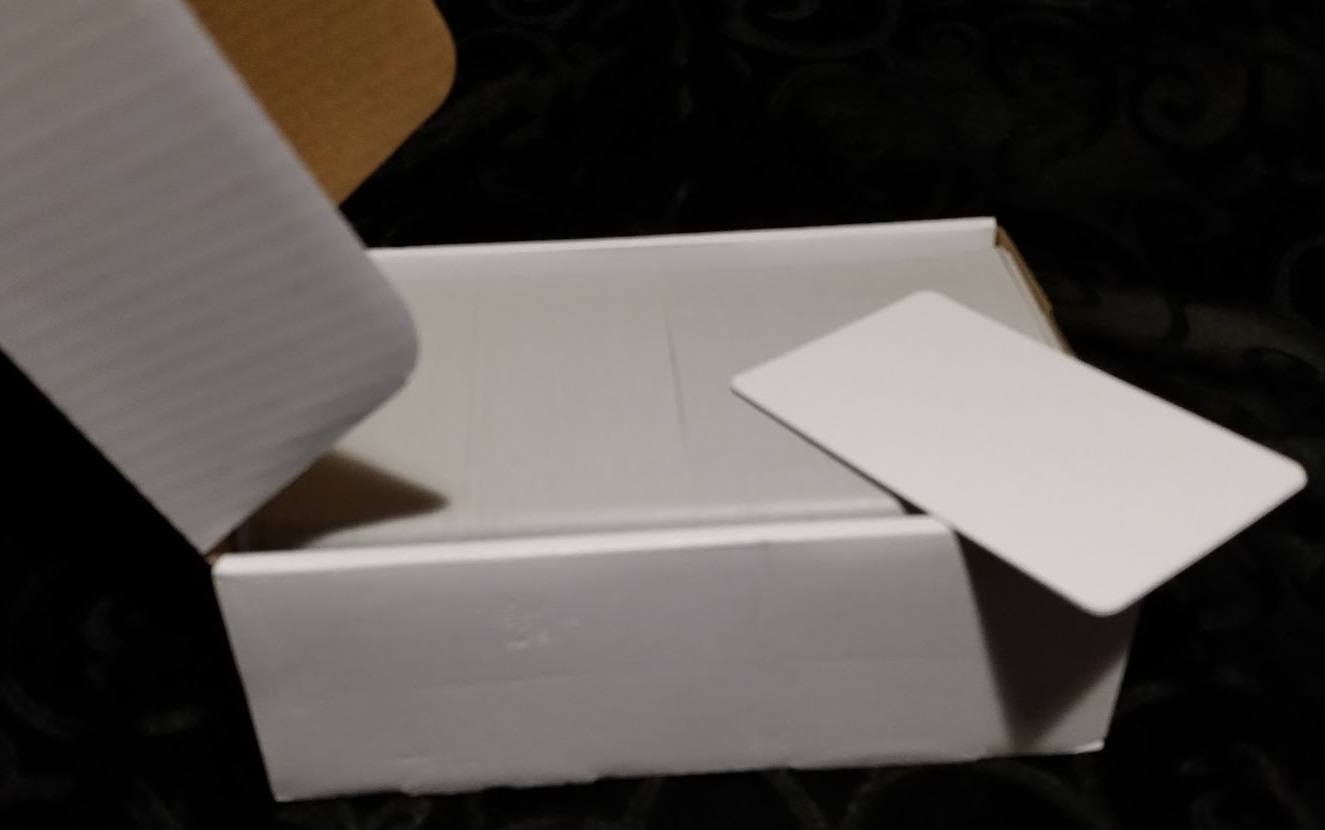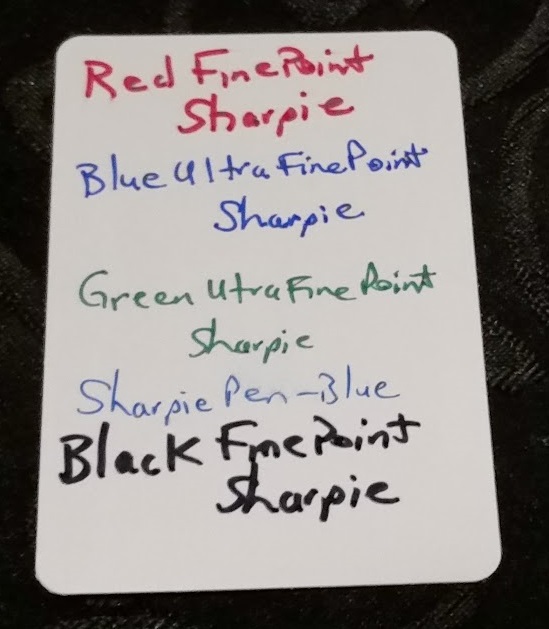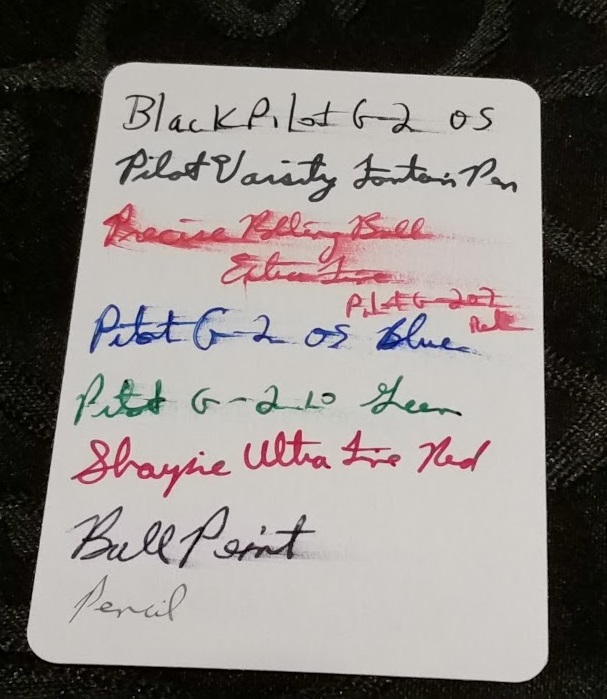PREFACE
IANAL – I Am NOT A Lawyer. This means do your own research and consult your own attorney(s). This is my notes on the topic that I thought others would find helpful. I welcome constructive criticism. That is, if you tell me I am wrong, please give a source citation, with a link to this information. NOTE: I am a citizen and resident of the USA, so the following primarily concerns U.S. Law. Those in other countries will need to research the rules for your country.
I had to do research for releasing my own PDFs on DriveThruRPG [Affiliate Link] and for figuring out what I needed to do for eventually publishing my card game. (You can sign up for the Kickstarter announcement email list here. It will only alert to the Kickstarter launch.)
RECOMMENDATIONS
I suggest you check out the following two resources:
Matt Finch’s YT Playlist:
https://www.youtube.com/playlist?list=PLptTCxApuRIgObYc2zwMqwLa5WNFJl224
Frylocks Copyright of Statblocks Series:
Part 1: Copyrightability of #RPG Stat Blocks #DnD #copyright #iplaw
https://gsllc.wordpress.com/2019/08/12/part1statblocks/
Part 2: Copyrightability of #RPG Abilities and Spells #DnD #copyright #iplaw
https://gsllc.wordpress.com/2019/08/19/part2abilitiesspells/
Part 3: The Damage Done by the Otherwise Ineffectual Open Gaming License #DnD #copyright #iplaw #ogl
https://gsllc.wordpress.com/2019/08/26/part3ogl/
Part 3.5: A Mild Retraction That Makes Matters Worse for #WotC #DnD #copyright #iplaw #ogl
https://gsllc.wordpress.com/2019/08/28/part35retraction/
Part 4: FAQ/FRI #DnD #copyright #iplaw #ogl
https://gsllc.wordpress.com/2019/09/02/part-4-faq-fri-dnd-copyright-iplaw-ogl/
3 parts of IP (Intellectual Property)
It is very important to understand the differences between these three things as they are often confused, especially when they are all discussed in the same article.
PATENT:
Expires in 14 years for a design patent and 20 years for a utility patent . Can only be renewed by an act of Congress in the U.S. Apply for them here. There is a fee that varies on the exact type of patent.
Game mechanics are extremely hard to Patent.
WOTC had a patent on “Tapping A Card” for Magic The Gathering, which is now expired.
A patent application is very complex. I would not attempt one without a lawyer.
TRADEMARK:
In addition to Federal trademarks, which you can apply for here, each of the 50 states have their own trademark laws. There is a fee to register and depending on specifics Federal Trademarks are renewed every 5 or 10 years. A defacto trademark exists without registering it, but someone else can then register for a trademark and most likely own the trademark. Thus a registered trademark (R) or ® offers more protection than an unregistered trademark ™. This is so complex, you definitely want a lawyer’s help.
An example of trademarks are company names and names of products. For example, Wizards of the Coast (WOTC) and Dungeons & Dragons. Variations of the names may also be copyrighted, such as WOTC and D&D.
If a trademark is not renewed, then others may claim it. For example, WOTC let the trademark for TSR lapse. TSR was the company that released the original D&D and variants prior to being acquired by WOTC. Since the trademark to the name of the historic company was not renewed, a new company registered that trademark, so there is a living company, TSR, that published the former Gygax Magazine, has a podcast network, and a blog. [I write for Multiverse.world.]
Game trademarks have expired and been claimed by others. For example, Top Secret. The new TSR has a new version of Top Secret by the original author, Merle Rasmussen. NOTE: that while the trademark allows use of the name of the original game, the copyright for Top Secret‘s original rules is still held by WOTC.
In the case of some games, WOTC let the trademark lapse and allowed the original authors to reclaim their rights to the copyright. Examples are Metamorphosis Alpha [Affiliate Link], which is why Jim Ward can have multiple companies with various Kickstarters, and why the format of the original rules with the name of Jim’s company is available on DTRPG.
Rick Krebs, the original author of Gangbusters recovered his rights to the name, but WOTC must retain rights to the copyright of the original rules, or Mr. Krebs did not re-release them. Mark Hunt acquired the trademark to Gangbusters [Affiliate Link] and a license from Rick Krebs to re-do Gangbusters.
COPYRIGHT:
The words one publishes, such as books. It is a limited monopoly to exploit all the rights to an individual work. Current copyright law does not require official registration for a copyright to be in effect. As long as one adds (c) or © and the year, in the U.S. it is copyrighted. NOTE: Registering a copyright has a small fee and gives the owner more easily defensible rights. I have not yet registered a copyright, but as I understand it, the process is easy enough that most are able to do it without a lawyer. Obviously, if you can’t make sense of the forms, hire an attorney.
PUBLIC DOMAIN:
When a copyright expires the work enters the Public Domain. This means that anyone can publish the work and charge for it, or even modify it enough to make a new work that can then be copyrighted. NOTE: This does NOT extend to TRADEMARKS. That is, a book in the public domain published by a company that still exists means you can’t publish under the name of that company without violation their trademark.
An author may wave all their rights and release a work directly to the public domain. If this is done, there is nothing the original author can do to enforce what others do with it.
Currently, in the U.S., any work published in 1923 or earlier is definitely in the Public Domain. Every January 1st, increment the year by 1. So on January 1, 2020, all works published in 1924 are add to the list of works definitely in the public domain.
Any work not renewed after 1923 and before 1963 is in the public domain, but one must verify that it was not renewed. It is easy to verify if a work was renewed, but proving the negative is difficult. The New York Public Library has a project to digitize all the volumes from the Library of Congress, which is in charge of copyrights. It is only up to 1952, so the last 10 years of the period are not yet digitized. Works after published on or after January 1, 1978 no longer have to renew and are good for 75 years. Books already renewed before that date will expire 75 years after original publication.
Images of all the copyright renewals from the Library of Congress for each year through the 1970s are available on The Internet Archive here -> Catalog of Copyright Entries.
Once you verify a work is in the Public Domain, you are free to use it. NOTE: Works out of copyright in the U.S. may still be under copyright in other countries, so it may not have blanket worldwide public domain. So it is important to do your research.
Fair Use:
Fair use is part of U.S. copyright law that allows users to use limited parts of copyrighted works without seeking permission.
Notwithstanding the provisions of sections 17 U.S.C. § 106 and 17 U.S.C. § 106A, the fair use of a copyrighted work, including such use by reproduction in copies or phonorecords or by any other means specified by that section, for purposes such as criticism, comment, news reporting, teaching (including multiple copies for classroom use), scholarship, or research, is not an infringement of copyright. In determining whether the use made of a work in any particular case is a fair use the factors to be considered shall include:[6]
- the purpose and character of the use, including whether such use is of a commercial nature or is for nonprofit educational purposes;
- the nature of the copyrighted work;
- the amount and substantiality of the portion used in relation to the copyrighted work as a whole; and
- the effect of the use upon the potential market for or value of the copyrighted work.
Source: https://en.wikipedia.org/wiki/Fair_use#U.S._fair_use_factors
Licensing:
Copyright is a blanket, all rights reserved. A short list of some of those rights are: use, re-use, copying, movie rights, book rights, re-print rights, etc. Each of those rights can be licensed for a term or sold outright. For example, some authors sell the movie rights outright if they don’t think a movie will ever be made. Others, like the Tolkien estate license for a limited term the movie rights and rake in the big bucks.
Licensing in the form of the OGL from WOTC and other similar licenses from other publishers were influenced by the GPL (GNU Public License) from the FOSS (Free and Open Source Software) movement. Version 1 of the GPL was released in 1989.
The OGL was released in 2000 as a way to allow and encourage third party publishers to create content for D&D 3e. Matt Finch used it to help develop OSRIC as a clone of AD&D [Affiliate Link] since one can’t mention the name of the game it clones, etc. Matt Finch also used the OGL to develop Swords & Wizardry [Affiliate Link] in all it’s flavors. The official OGL in RTF format is here.
NOTE: D&D 4e is NOT under the OGL, but D&D 5e is.
The Open Gaming Foundation is a non-profit that provides information and links to various open source game licenses. They have a page with the OGL.
In 2001, the Creative Commons License, also inspired by the GPL, was released. The CCL website explains the different forms of the Creative Commons and what rights a creator is retaining while allowing some form of copying. Some forms of this license allows non-commercial copying, i.e. for personal use, and even sharing with attribution. Other forms allow commercial use.
I have not done an analysis, so I am not sure if any of the Creative Commons licenses could be used with the OGL. The OGL probably prohibits it. In general, one license should be more than enough in my opinion. NOTE: One can use artwork in an OGL work where the artwork is under a Creative Commons license. I have done this with multiple PDFs.
A license is only needed if you want to give up some of your universal rights under copyright, while retaining a degree of control. As always, if you are not clear on how to apply a license to your work before publishing, consult an attorney. It’s easier to get it right the first time, because if you do it wrong, you may not have a second chance.
OGL
I recommend you refer to the links in the PREFACE above and watch Matt Finch’s You Tube playlist about the OGL and read Frylock’s blog posts about the OGL and copyrights in relation to games.
It is critical to copy the OGL EXACTLY and indicate the information you are NOT releasing to the OGL to preserve your rights. This is critical for text, art, and other ideas. It is easy to accidentally give away rights you want to retain. Once released under the OGL you can’t take it back. I think you can revise and re-release your own work without the OGL, but anything already released is fair game for any other publisher to use.
The OGL is basically a promise by WOTC not to sue over the parts of a game that fall outside of copyright. You can make a clone of D&D without the OGL, since game mechanic can’t be copyrighted. As long as you avoid trademarked terms and use your own words for explaining the rules, you can do it. Just don’t mention D&D. I will remind you, IANAL and do your own research before jumping in.
ART & ARTISTS
It’s unfortunate that I need to say this, but credit your art/artist and pay for art. Unless it is art in the public domain or released under a license that permits commercial use without attribution, you must give attribution. I suggest always giving attribution to CYA.
Don’t offer to pay an artist with exposure. That’s not how it works. Exposure is a bonus of a product well done and advertised well.
Don’t try to get art with payment after the Kickstarter or sales roll in. If you can’t afford to pay in full and the artist won’t work on a part now, part later arrangement, either wait until you have the money, or find another solution. There are plenty of public domain art resources online. Pixabay and Unsplash are two great examples of free art, mostly photos released in the Public Domain. The background image I found on Pixabay.
If you use art without permission, you are not a nice person. The artist has copyright to their art just like you will have copyright to your words. Don’t expect things to go well if you treat an artist other than you expect your copyrighted work to be treated.
FORMING A COMPANY
Related to IP and doing the work of creating games, is forming a company. For example, an LLC is one of the simplest and it separates one’s personal property from that of the business and affords legal protections. If one is sued personally, the assets of the business are unaffected. I used the online resource Legal Zoom to form my LLC, as I anticipated launching my card game much sooner. It involves getting a Federal TaxID Number or FEIN, and registering as a business with the state. In some states, one also has to license a business with their municipality.
The Tax ID number will expire according to IRS rules if it is not used on a Federal Tax return 5 years in a row.
The state registration requires annual renewal with a small fee in most if not all states. Sales tax withholding and reporting will be required if you handle sales directly, such as using a sales portal on your own website. Sales through a third party site, like DriveThru RPG collect the sales tax and pay you a royalty, so your only concern is if the royalty is within the parameters requiring you to report it on your tax return.
Municipalities with a business license ordinance are renewed annually for a small fee. If no business is conducted on premises, you may not need a business license. Check with your municipality.
See a tax preparer or tax attorney if you don’t want to figure out preparing business taxes. They are basically self employment taxes. You pay both the employee and employer share of Social Security and Medicare, and then the Federal, State (if any), and local (if any) income taxes. Withholding should be sent in quarterly, or you can send it in as a lump sum when you file your taxes. Plan on setting aside 30% as a general rule of thumb. NOTE: Qualified business expenses reduce the tax burden. Most tax programs, I prefer Tax Act, can easily handle the Schedule C and other forms that may be needed for filing self-employment taxes. I recommend Tax Act over any other company like H&R Block or Intuit/Quicken’s program. It is cheaper and personal experience makes me avoid the other two.
I had a job 20+ years ago that was considered self-employed, so I figured this out in the days before tax programs were as ubiquitous as today. I prefer a program as I can pull in the information from last year that didn’t change and just enter the information off my W-4 and any 1099s I get.
CONCLUSION
I have covered a lot of material above. My intent it to clarify things. These are complex topics due to the nature of laws and their minutia.
As long as you know the difference between a patent, a trademark, and a copyright and when you need each one, you should be good. In general, 99.99% of game developers won’t ever need a patent. Unless you have an idea that will be as big as Magic The Gathering with new ideas for game mechanics, you won’t need one.
For trademarks, you might not need one for your company, but you may want one for your game’s name since you can’t copyright a name. You don’t need a formally registered copyright if you use the copyright symbol and the year of publication.
The big thing to remember is that you can’t copyright the mechanics of a game, only the words used to explain it. this means that anyone can copy any game if they use their own name for the game and unique terms and their own words to express the rules.
Licenses are something you need to understand, since if you use something that falls under a license, you need to adhere to the terms of that license yourself.
Art is at the very heart of RPGs and other games. Artists deserve a fair deal. I only mention it as it is an integral part of RPGs and too many artists get too many amateurs asking for free art, or art with no upfront payment, or exposure. That’s not the way a serious publisher, whether an amateur or a multi-person company does business.
One does not need to form a formal company to do self-publishing of games, but if you expect or hope to make enough money that you want to protect the business from any issues in your personal life, it is well worth it to form an LLC.
As with each of these items, if you can’t make sense of it, please contact an attorney. I am not an attorney, so don’t trust anything I have said. Check the links I have and do your own research.

